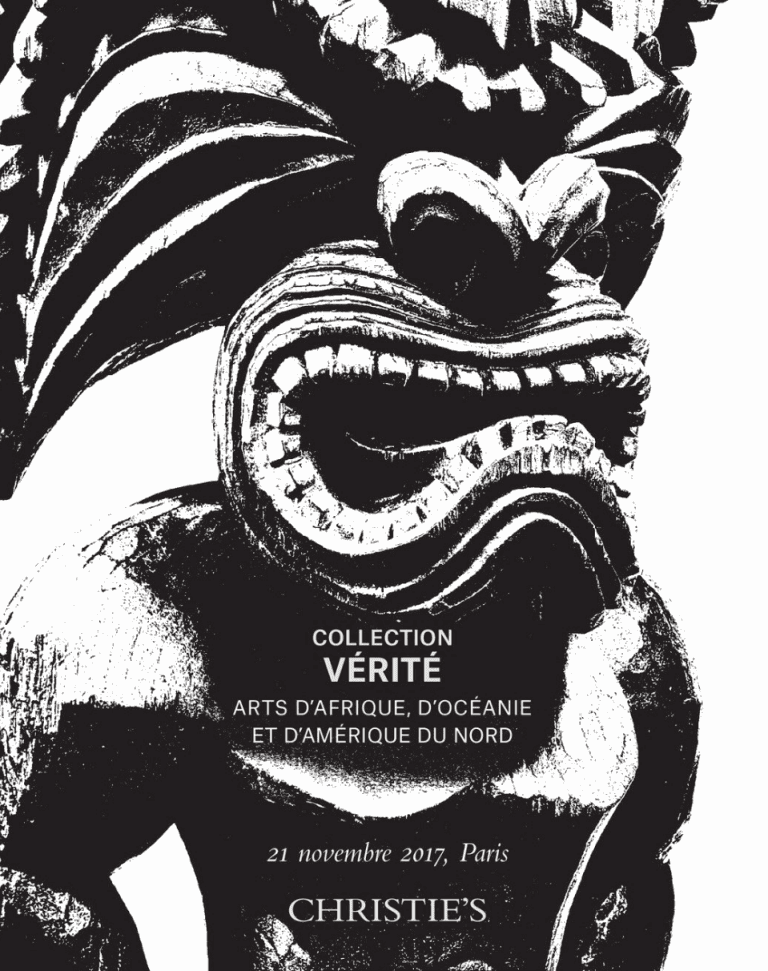Duende's stories attract our readers' attention since 2013 (previously hosted on brunoclaessens.com) and wishes to provide a useful resource for information on art of the African continent and its diaspora. Stories include exhibition announcements and reviews, interviews with artists, discoveries, new research, auction news, etc.
We welcome contributions and feedback. So, if you wish to share an opinion about a story, provide additional insights or if you have a news story, then please get in touch.
-
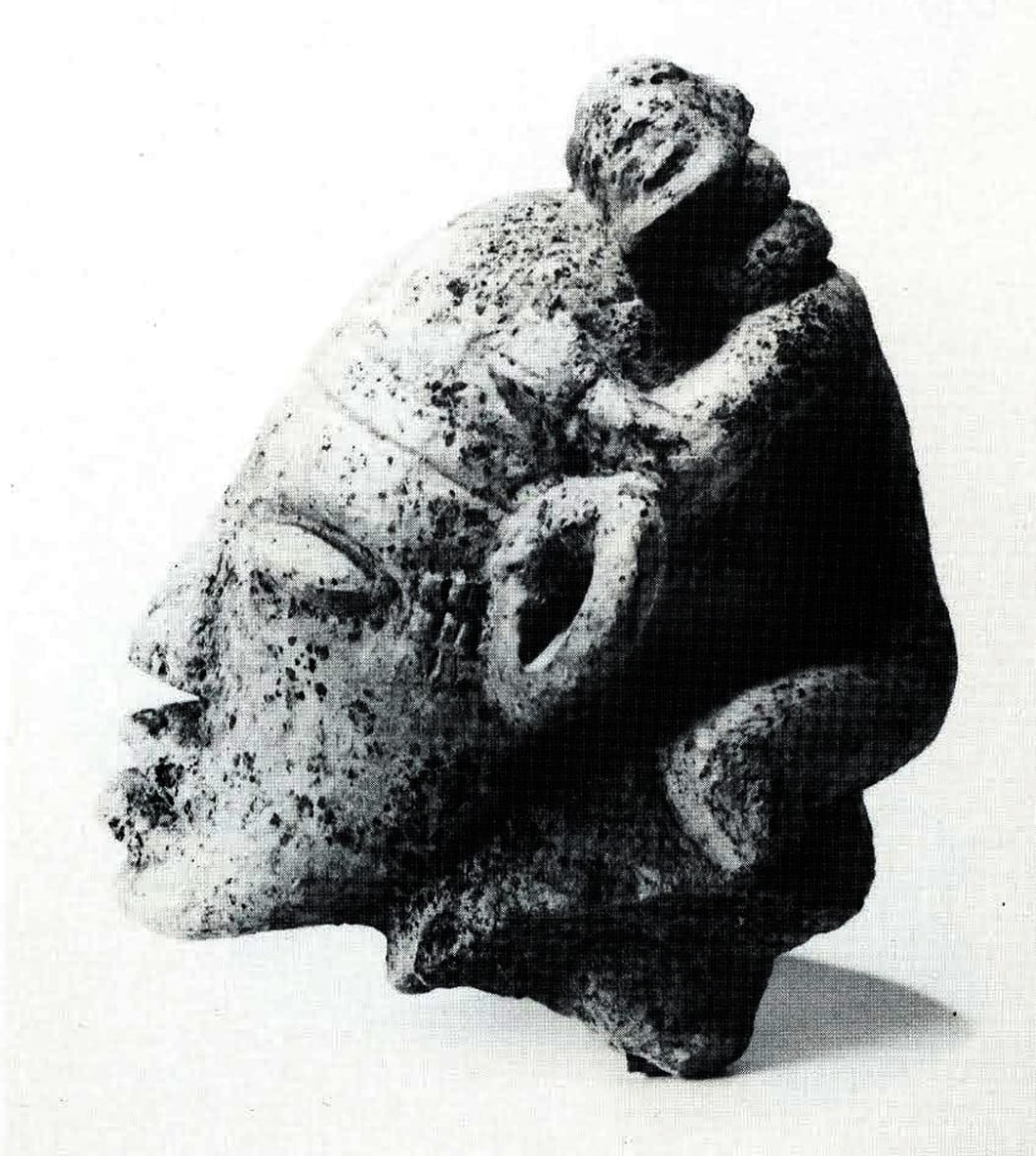
-
![[Re:]Entanglements – Re-engaging with Colonial Archives in Postcolonial Times (MAA, Cambridge, 2021)](https://artlogic-res.cloudinary.com/w_1050,c_limit,f_auto,fl_lossy,q_auto/ws-artlogicwebsite0431/usr/images/blog_entries/main_image/items/eb/eba2a7d11d194b1d8fd68770e5f095b7/reentanglements-re-engaging-with-colonial-archives-in-postcolonial-times-1536x1263.jpg)
-
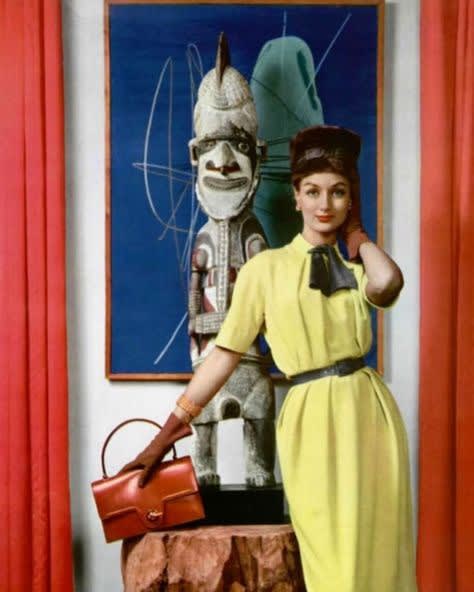
-
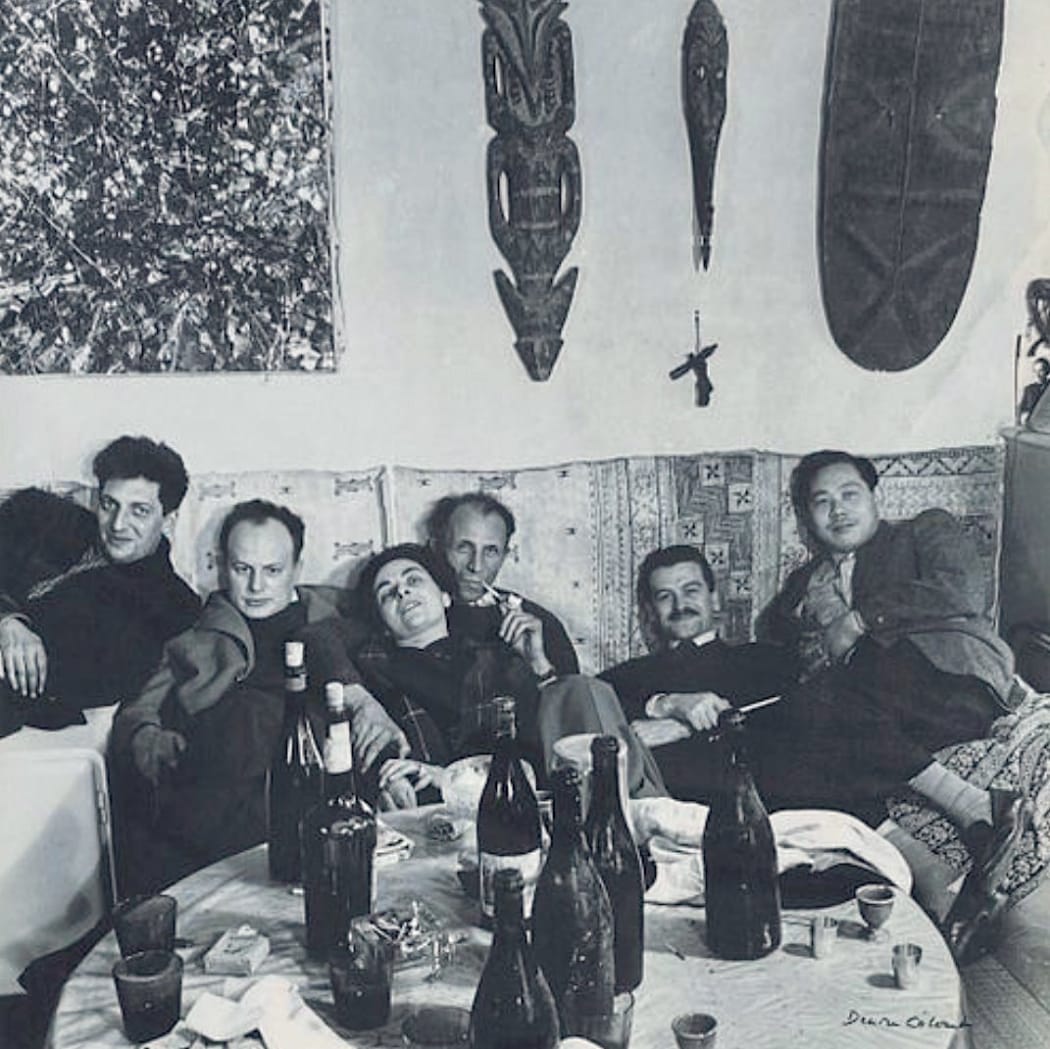
-
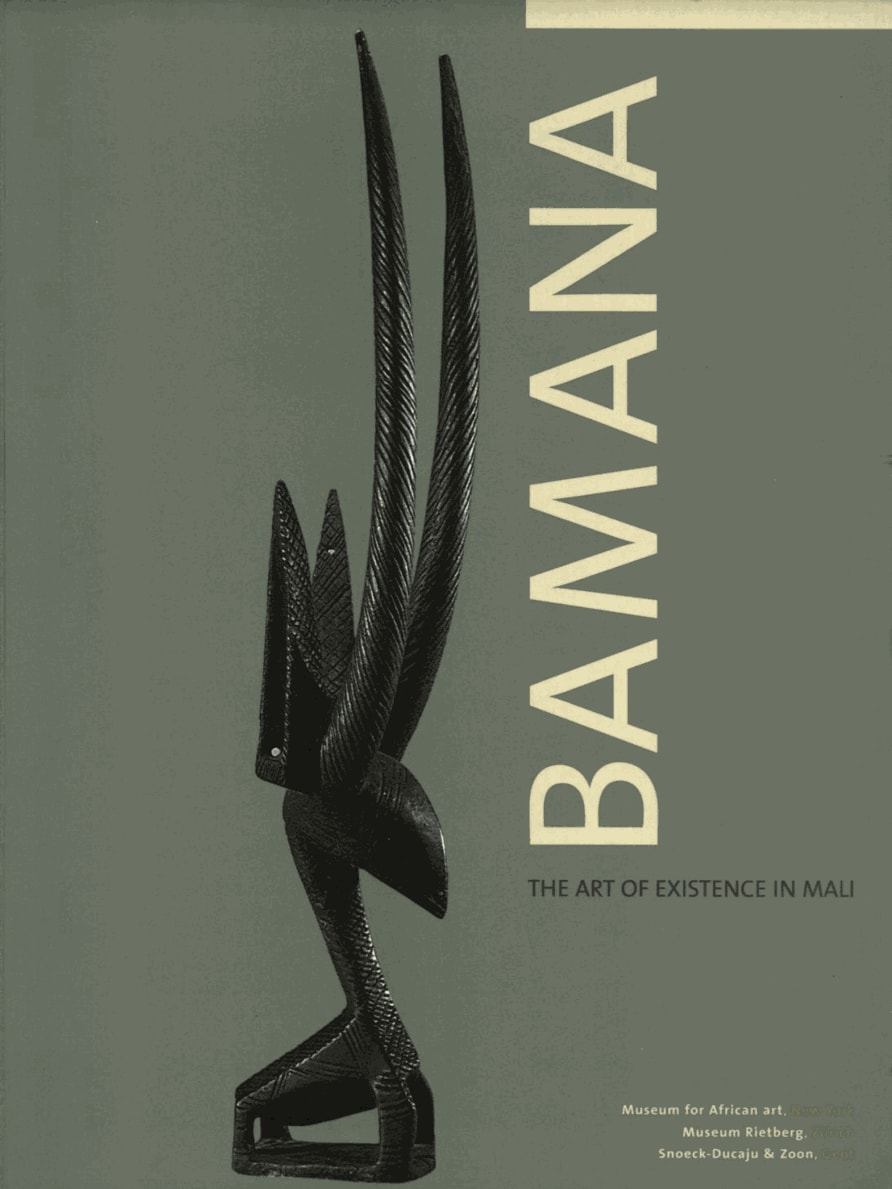
-
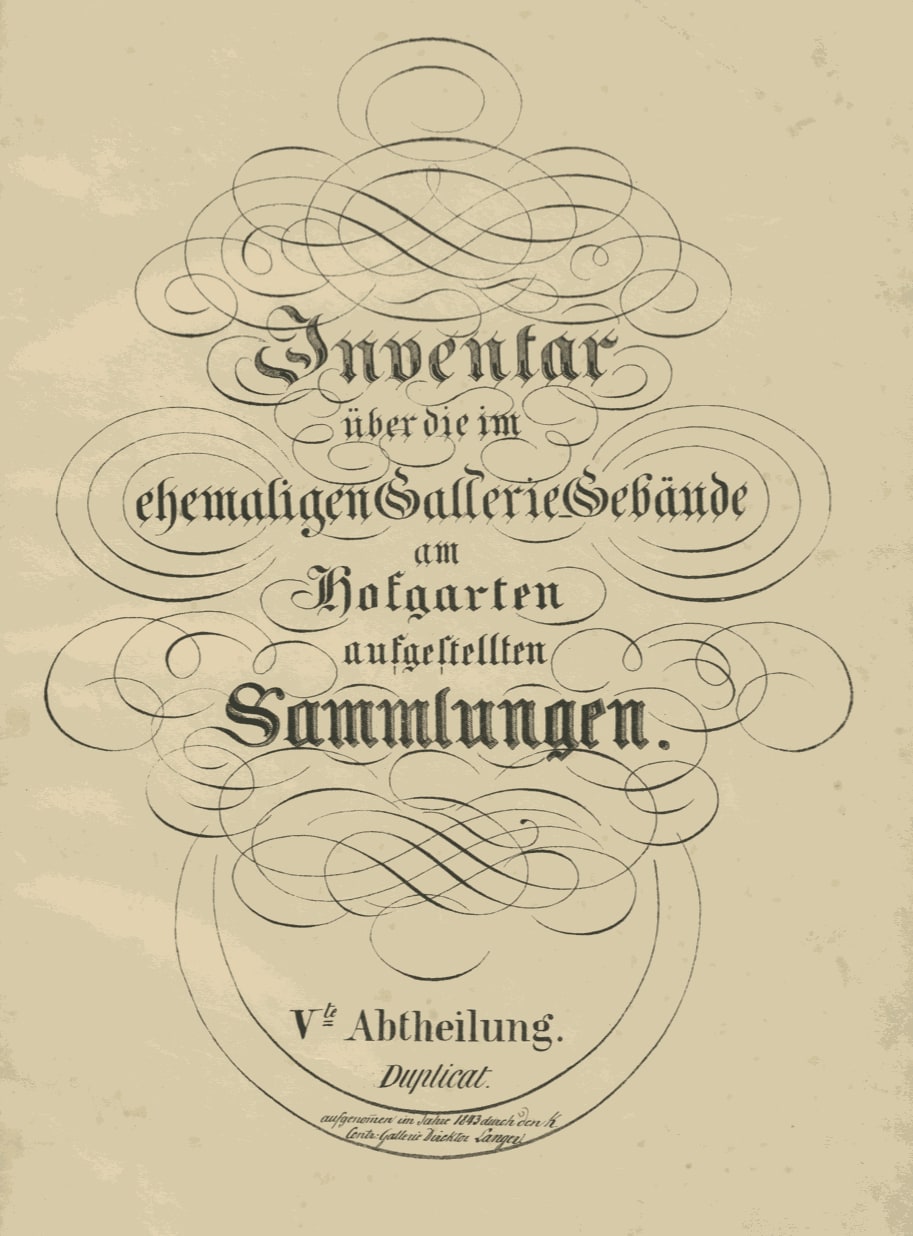
-
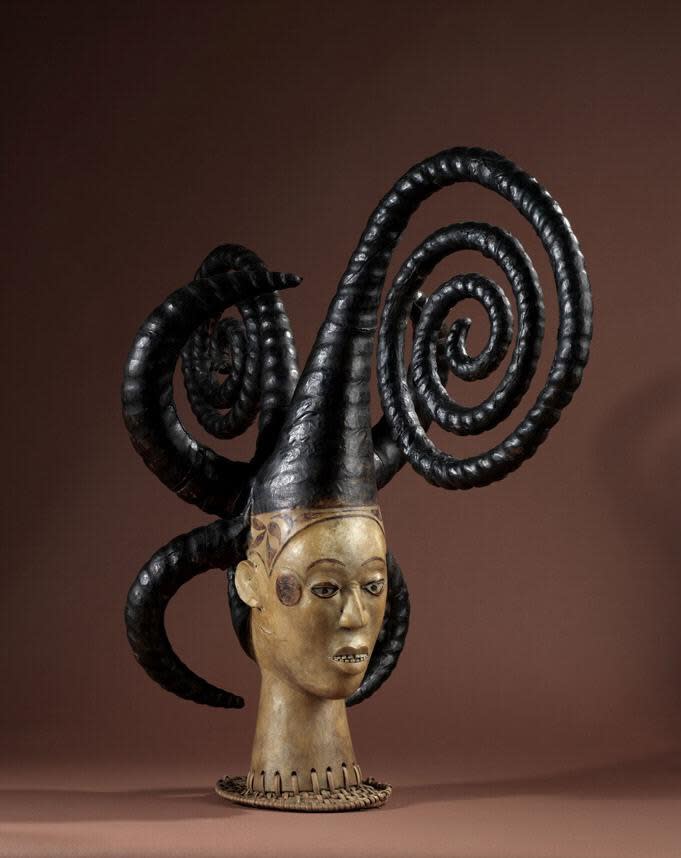 Image courtesy of the Royal Ontario Museum (935.10.1).
Image courtesy of the Royal Ontario Museum (935.10.1). -
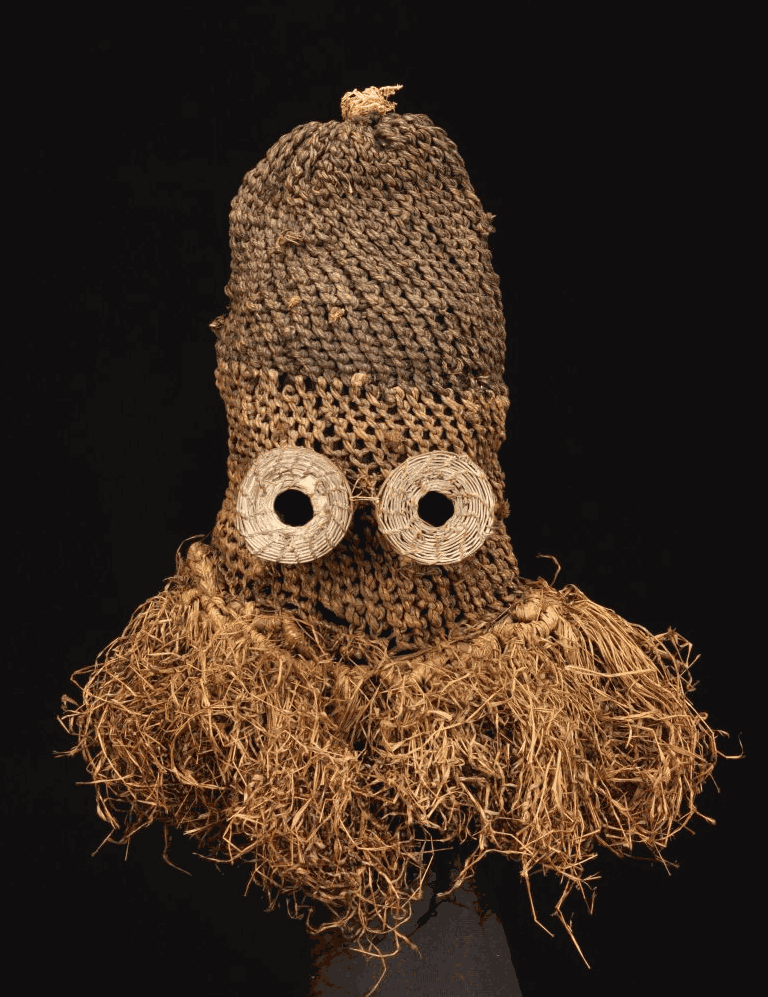 Pende mask collected by Emil Torday, 1907-1909. Image courtesy of the Budapest Museum of Ethnography (#NM 80674).
Pende mask collected by Emil Torday, 1907-1909. Image courtesy of the Budapest Museum of Ethnography (#NM 80674). -
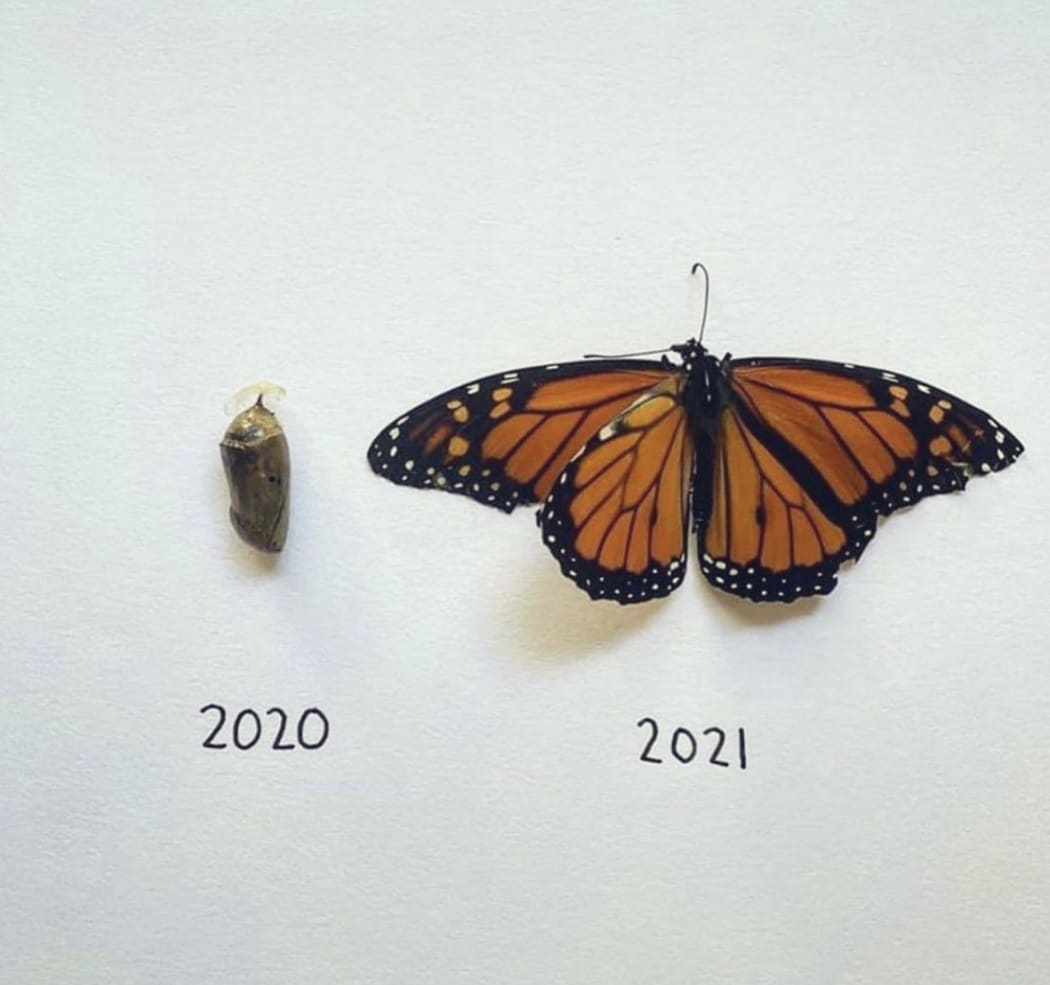 Courtesy of Softlytaxidermy.
Courtesy of Softlytaxidermy. -
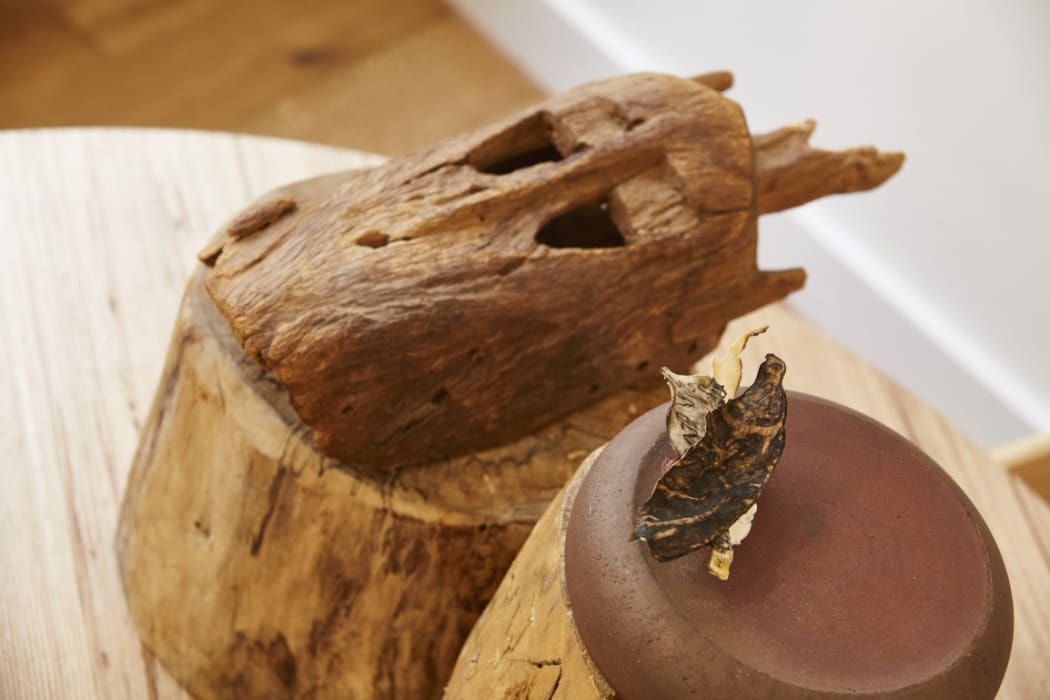 Feuilles à feuilles of beef, manioc and sweet potatoes by Mory Sacko. Image courtesy of Chris Saunders.
Feuilles à feuilles of beef, manioc and sweet potatoes by Mory Sacko. Image courtesy of Chris Saunders. -
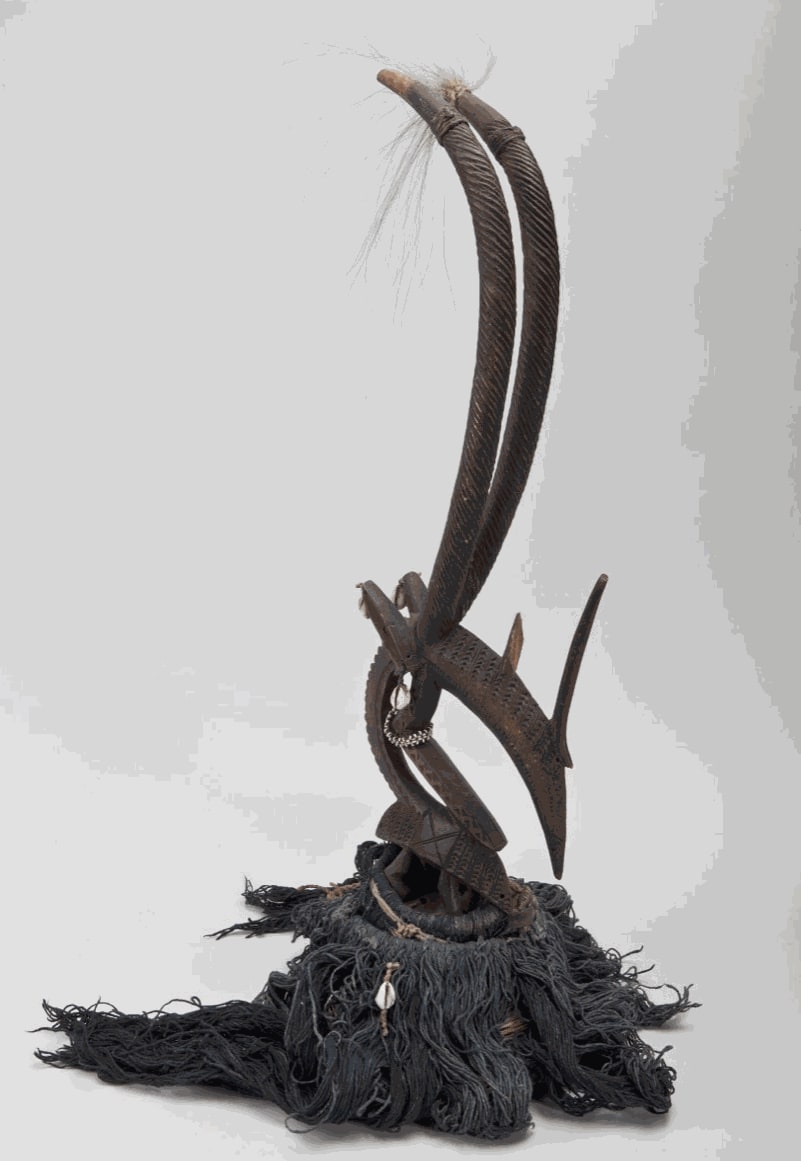
-
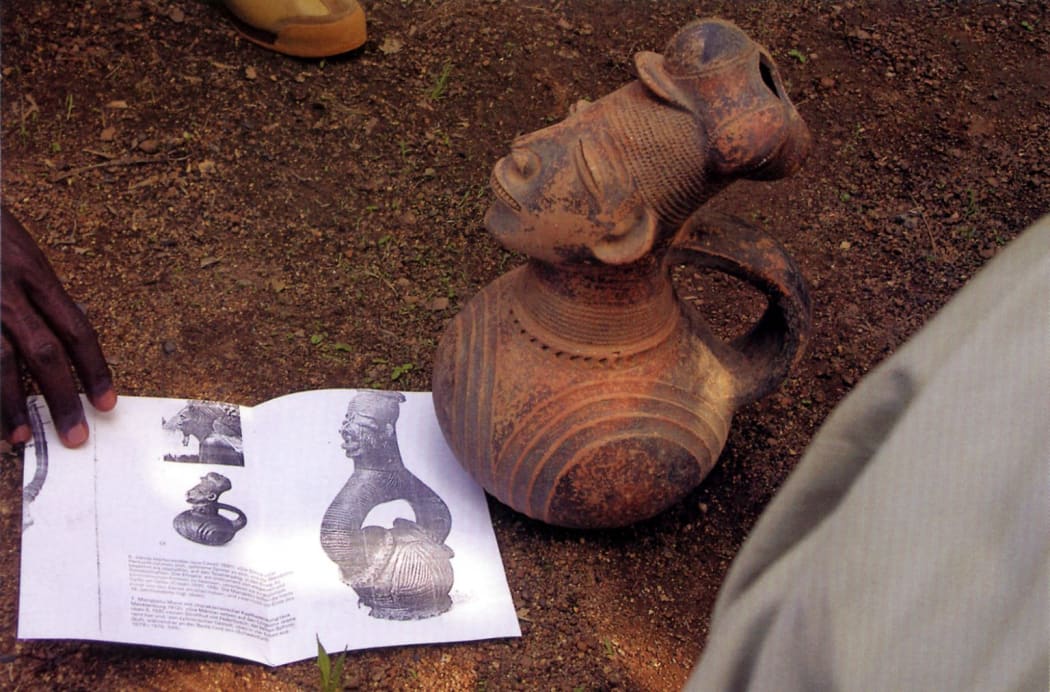 Image courtesy of Lorenz Homburger, 2 March 2006. Published in: Homberger (Lorenz) and Christine Stelzig, “Contrary to the Temptation!. An Appeal for New Dialogue Among Museums and Collectors, Scholars, and Dealers” in African Arts, Vol.XXXIX, #2, Summer 2006, p. 6, #2
Image courtesy of Lorenz Homburger, 2 March 2006. Published in: Homberger (Lorenz) and Christine Stelzig, “Contrary to the Temptation!. An Appeal for New Dialogue Among Museums and Collectors, Scholars, and Dealers” in African Arts, Vol.XXXIX, #2, Summer 2006, p. 6, #2 -
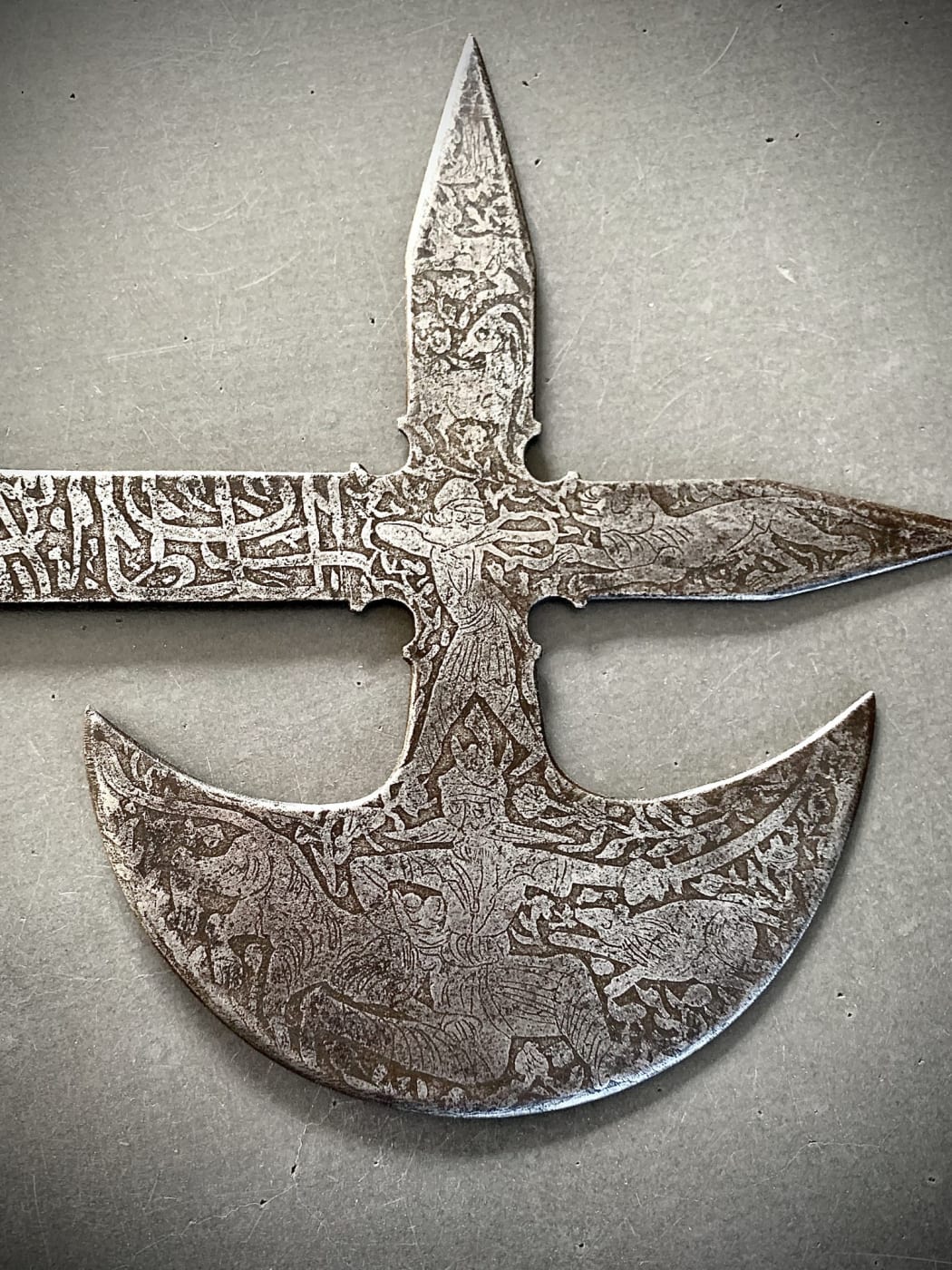
-
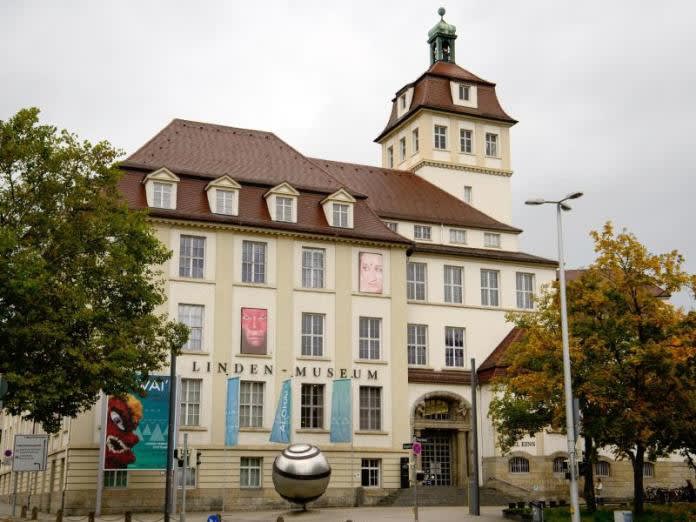
-
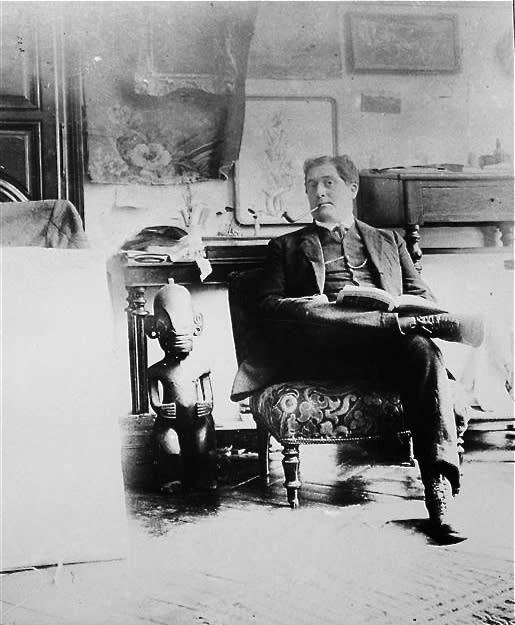 Guillaume Apollinaire in the atelier of Picasso, 1910.
Guillaume Apollinaire in the atelier of Picasso, 1910. -
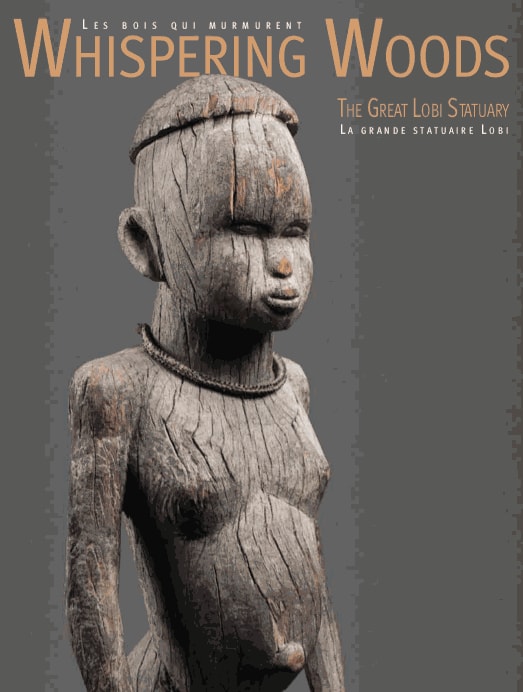
-
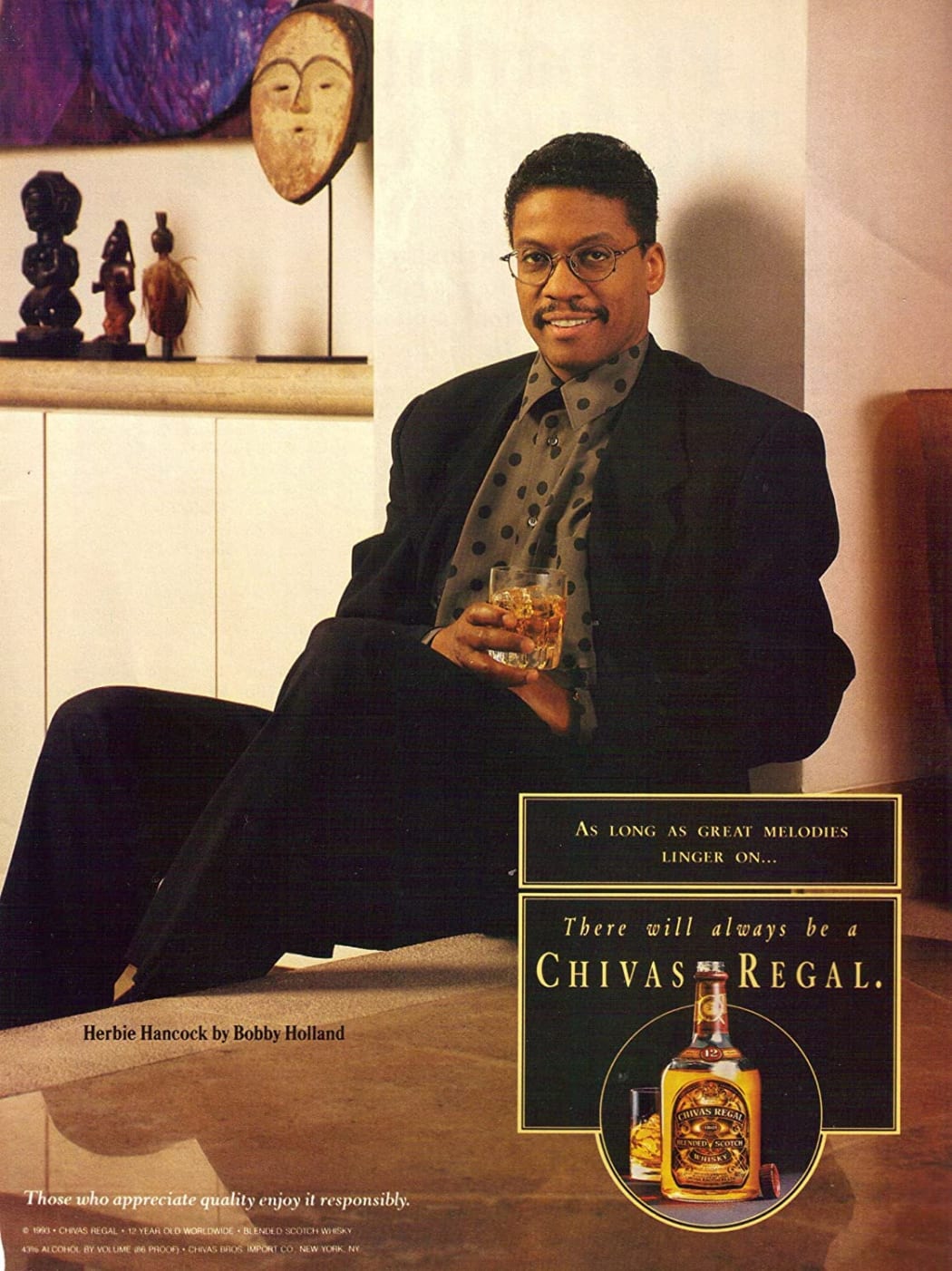
-
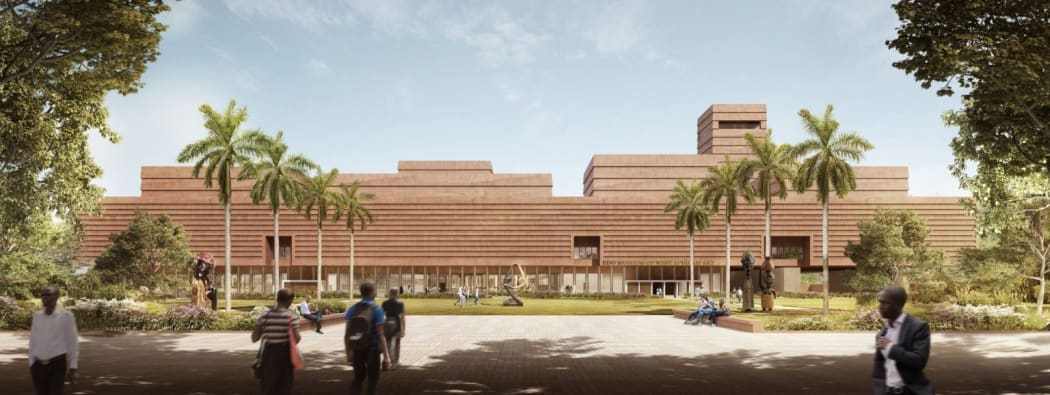 A computer-generated impression of the main entrance and courtyard of the planned Edo Museum of West African Art in Nigeria. Image courtesy of Adjaye Associates.
A computer-generated impression of the main entrance and courtyard of the planned Edo Museum of West African Art in Nigeria. Image courtesy of Adjaye Associates. -
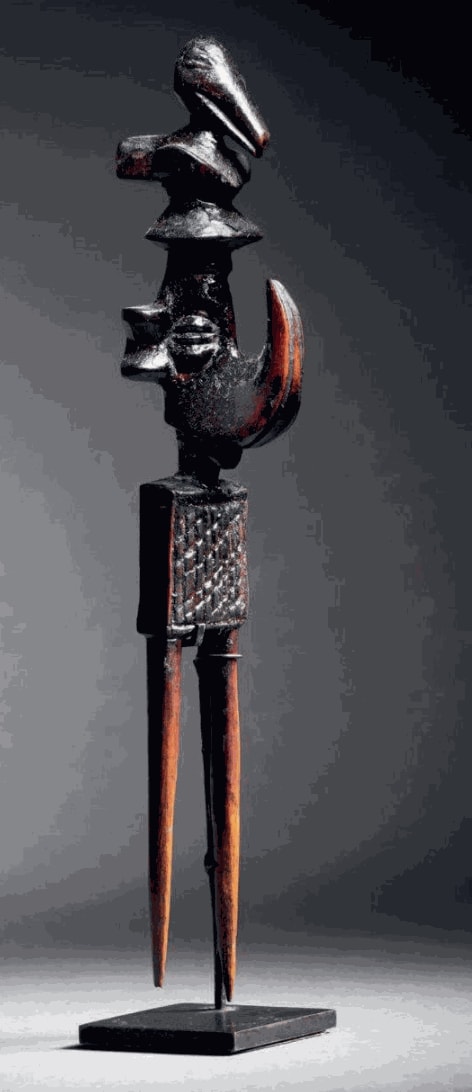 Yaka comb, D.R. Congo. Height: 15 cm. Image courtesy of Binoche & Giquello, Paris.
Yaka comb, D.R. Congo. Height: 15 cm. Image courtesy of Binoche & Giquello, Paris. -

-
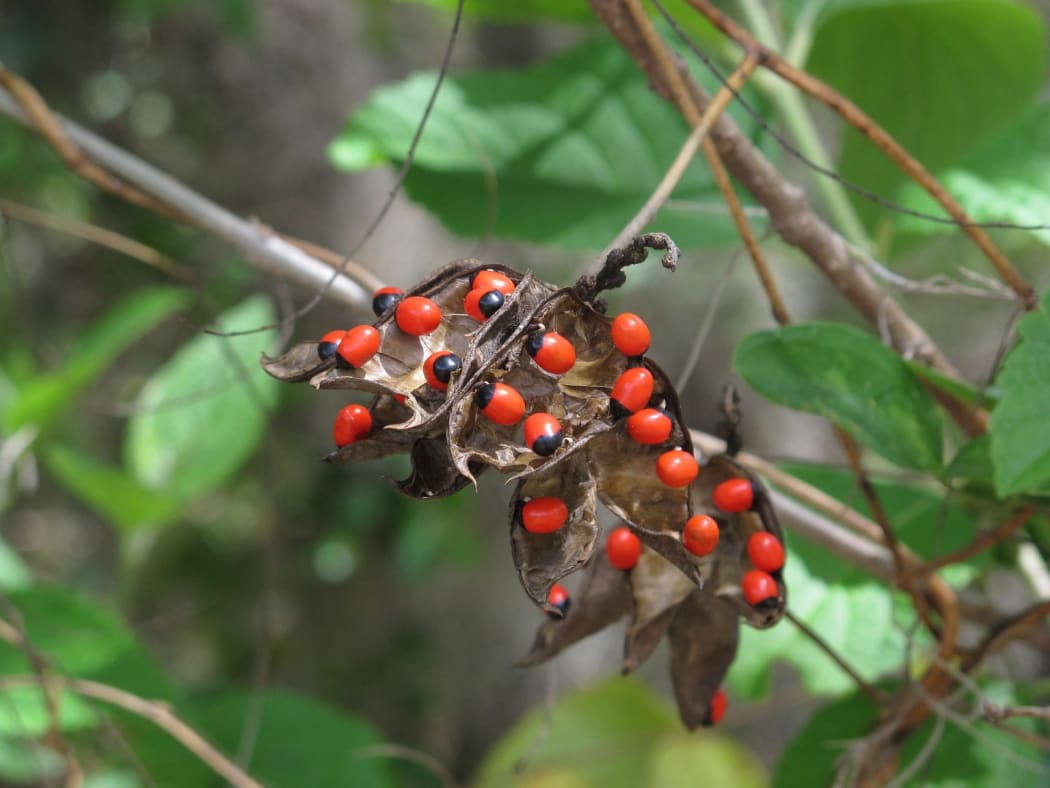
-
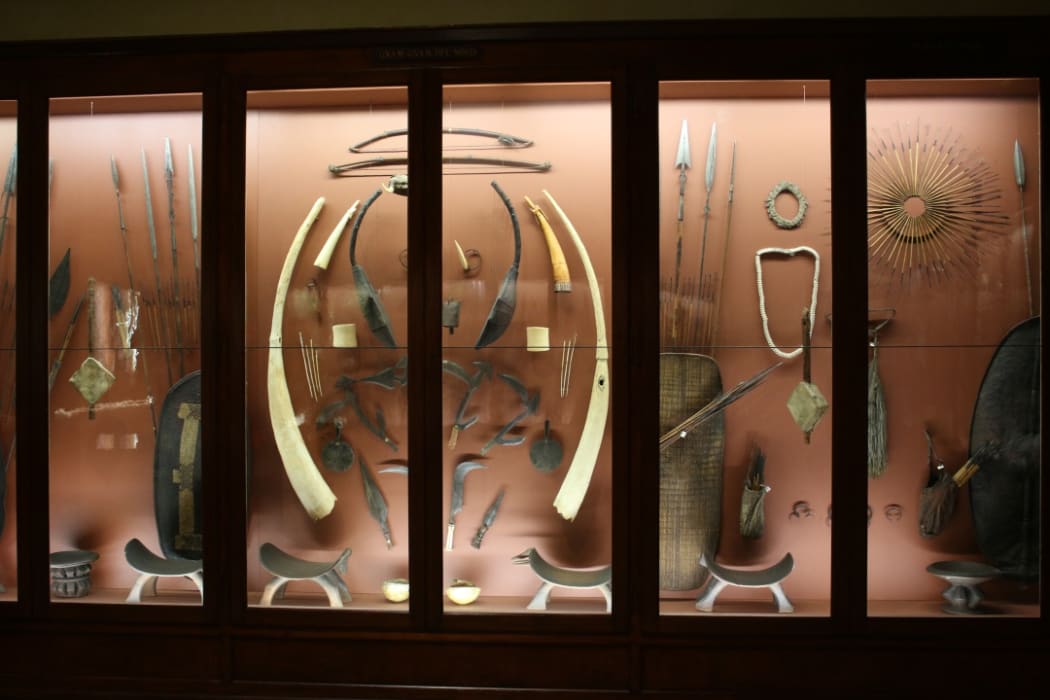 Part of the Giovanni Miani collection from South Sudan at the Museum of Natural History, Venice (Italy).
Part of the Giovanni Miani collection from South Sudan at the Museum of Natural History, Venice (Italy). -
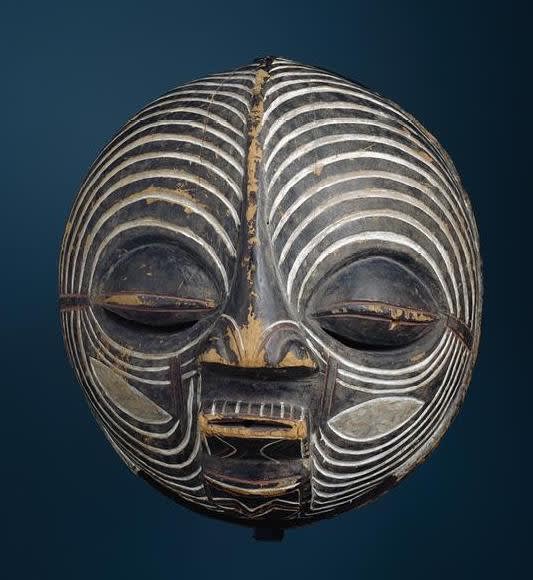 Luba kifwebe mask, D.R. Congo. Image courtesy of the Seattle Art Museum (#81.17.869, info).
Luba kifwebe mask, D.R. Congo. Image courtesy of the Seattle Art Museum (#81.17.869, info). -
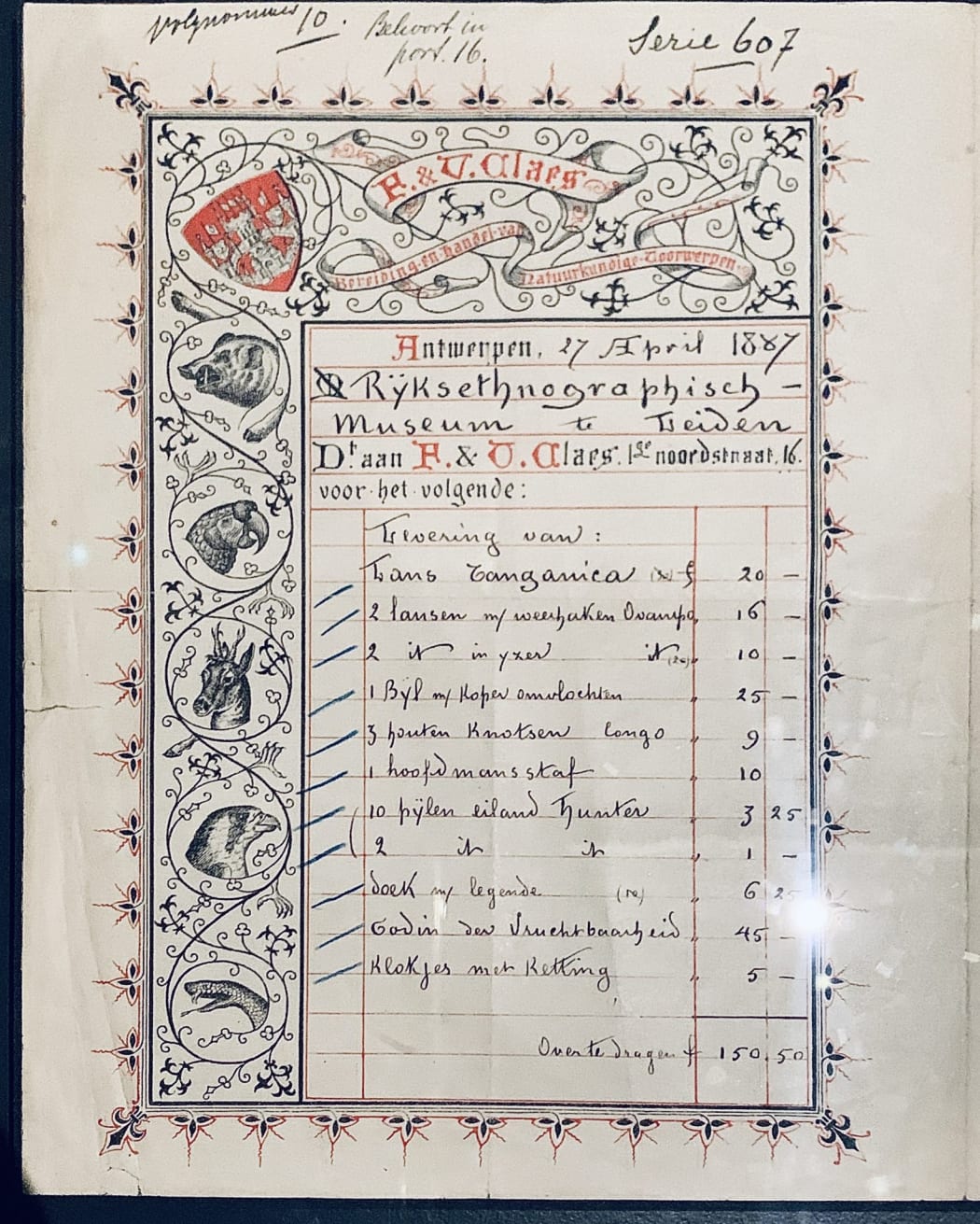 Image courtesy Collection Nationaal Museum van Wereldculturen. Coll.no. RV-607-A1.
Image courtesy Collection Nationaal Museum van Wereldculturen. Coll.no. RV-607-A1. -
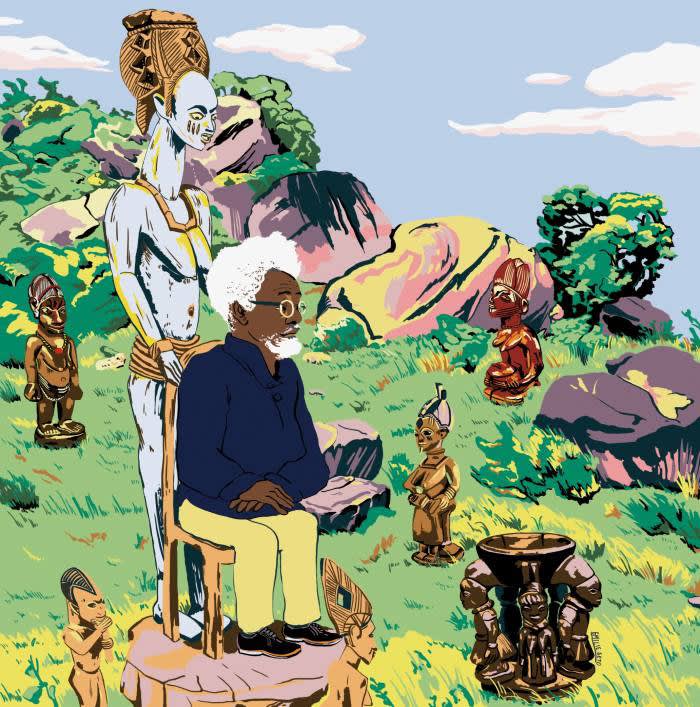 Image courtesy of the Financial Times.
Image courtesy of the Financial Times. -
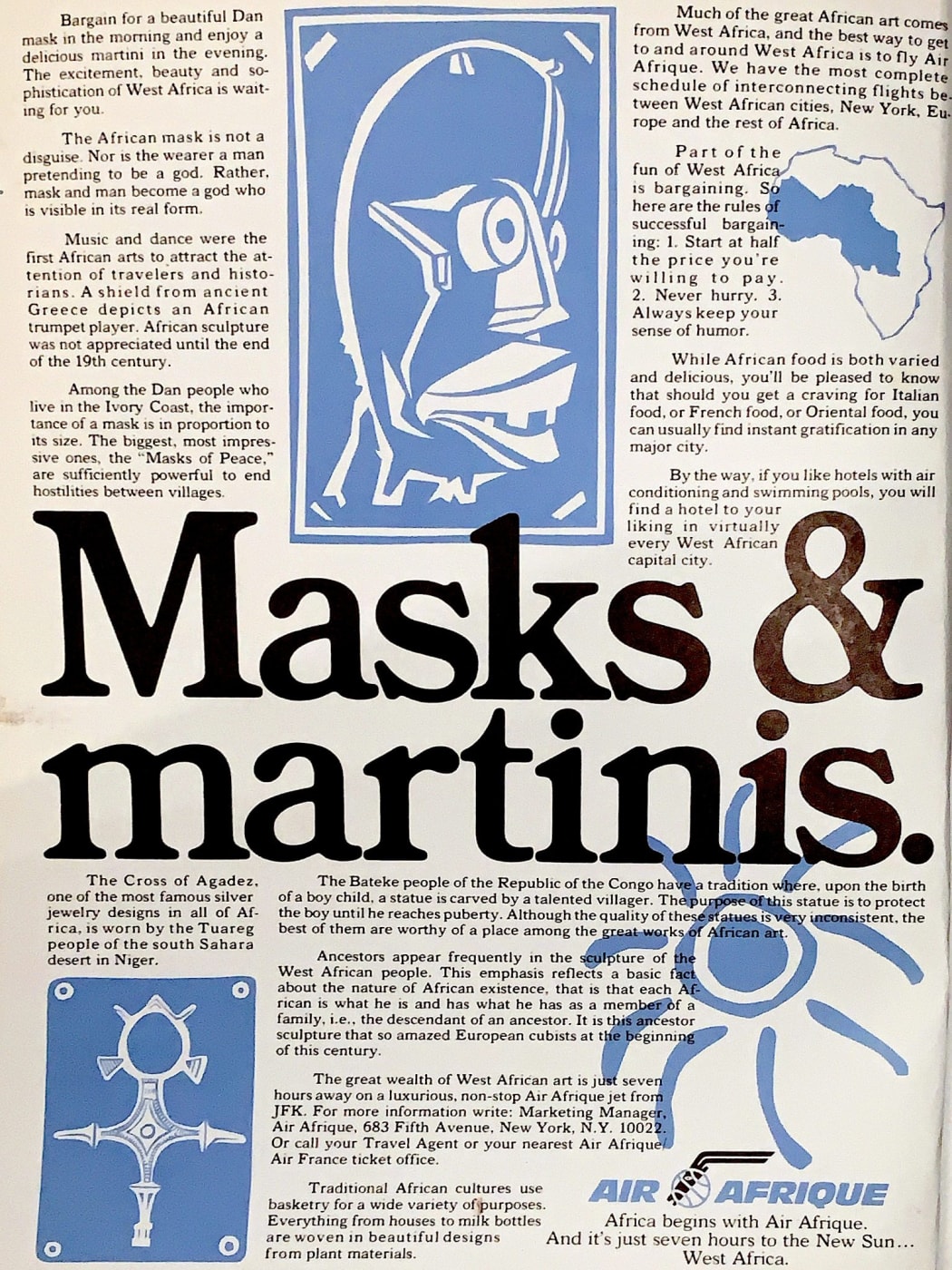
-
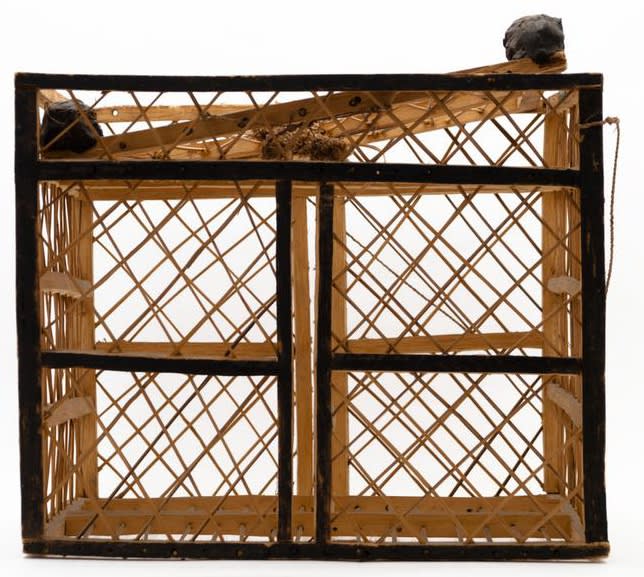 Image courtesy of the Horniman Museum, London (#10.2.62/34). Height: 27 cm.
Image courtesy of the Horniman Museum, London (#10.2.62/34). Height: 27 cm. -
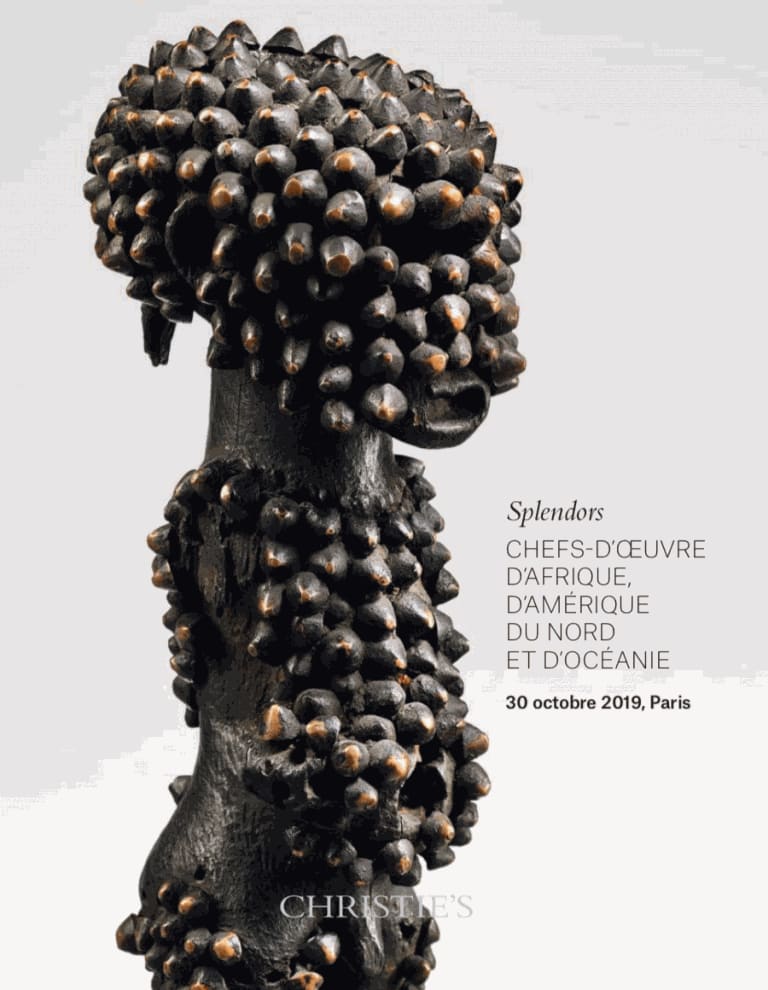
-
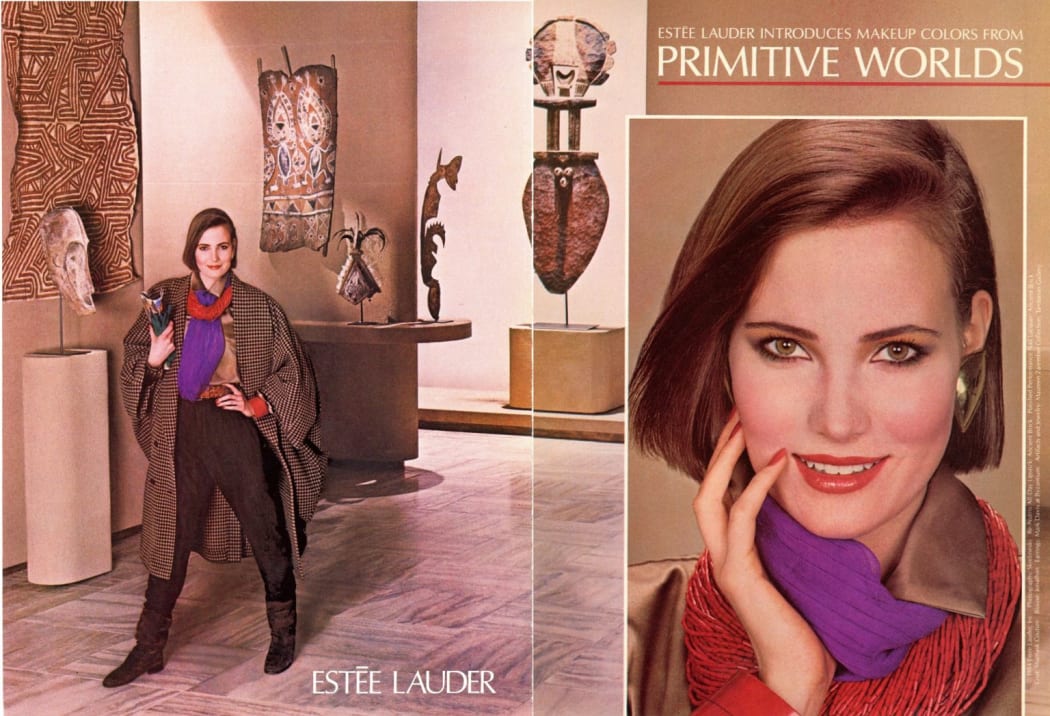
-
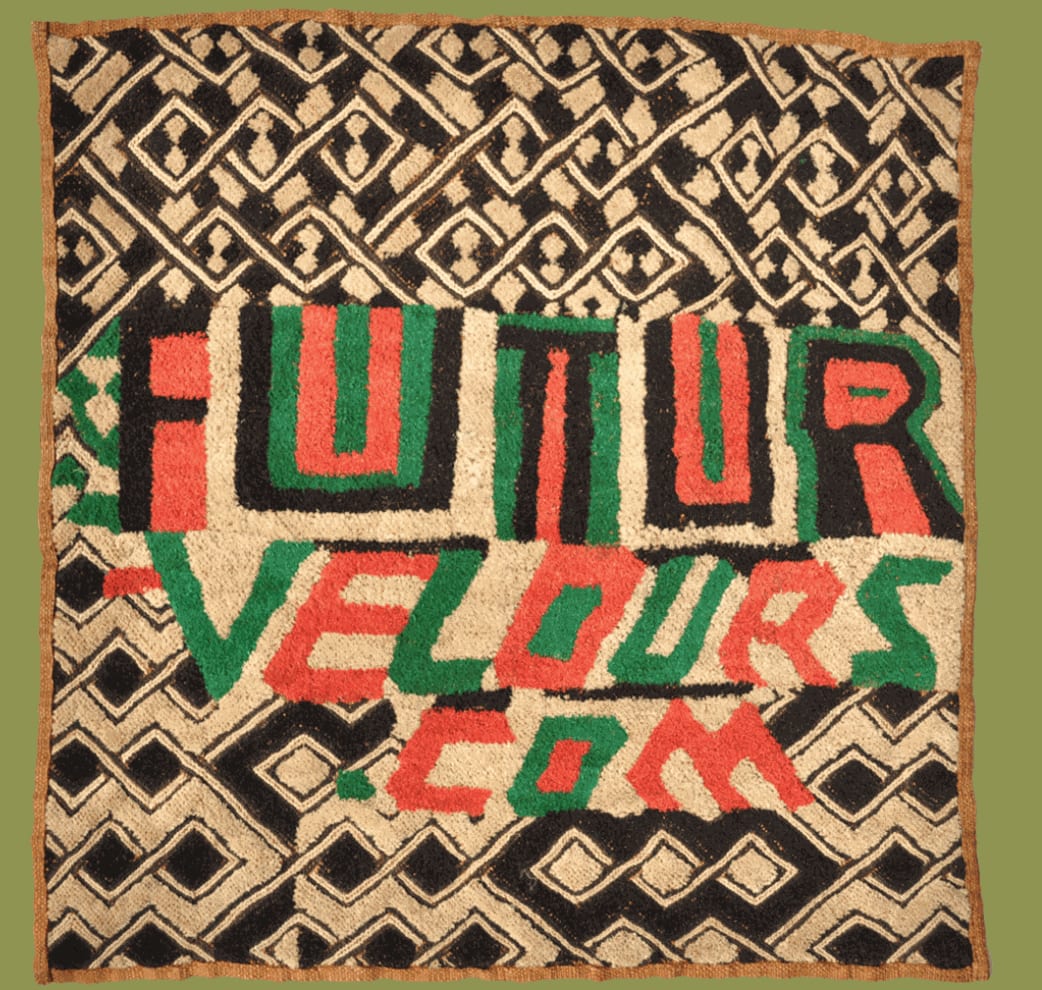
-
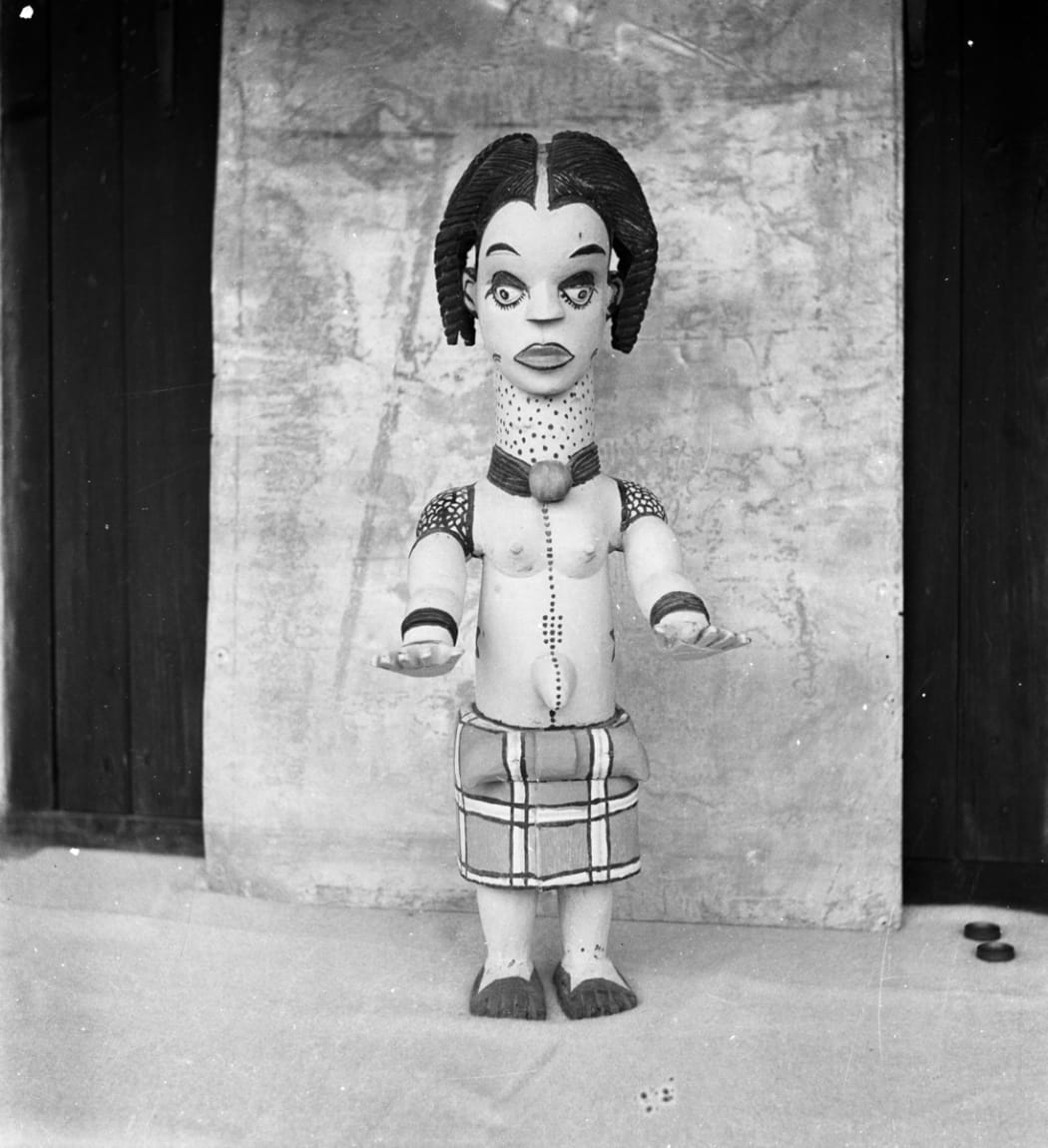 A ‘modern’ Anang female doll figure, carved in wood and painted in a ‘naturalistic’ style. Photographed by G.I. Jones in South Eastern Nigeria between 1932-1938. Image courtesy of the Cambridge Museum of Archeaology and Anthropology (N.13196.GIJ).
A ‘modern’ Anang female doll figure, carved in wood and painted in a ‘naturalistic’ style. Photographed by G.I. Jones in South Eastern Nigeria between 1932-1938. Image courtesy of the Cambridge Museum of Archeaology and Anthropology (N.13196.GIJ). -
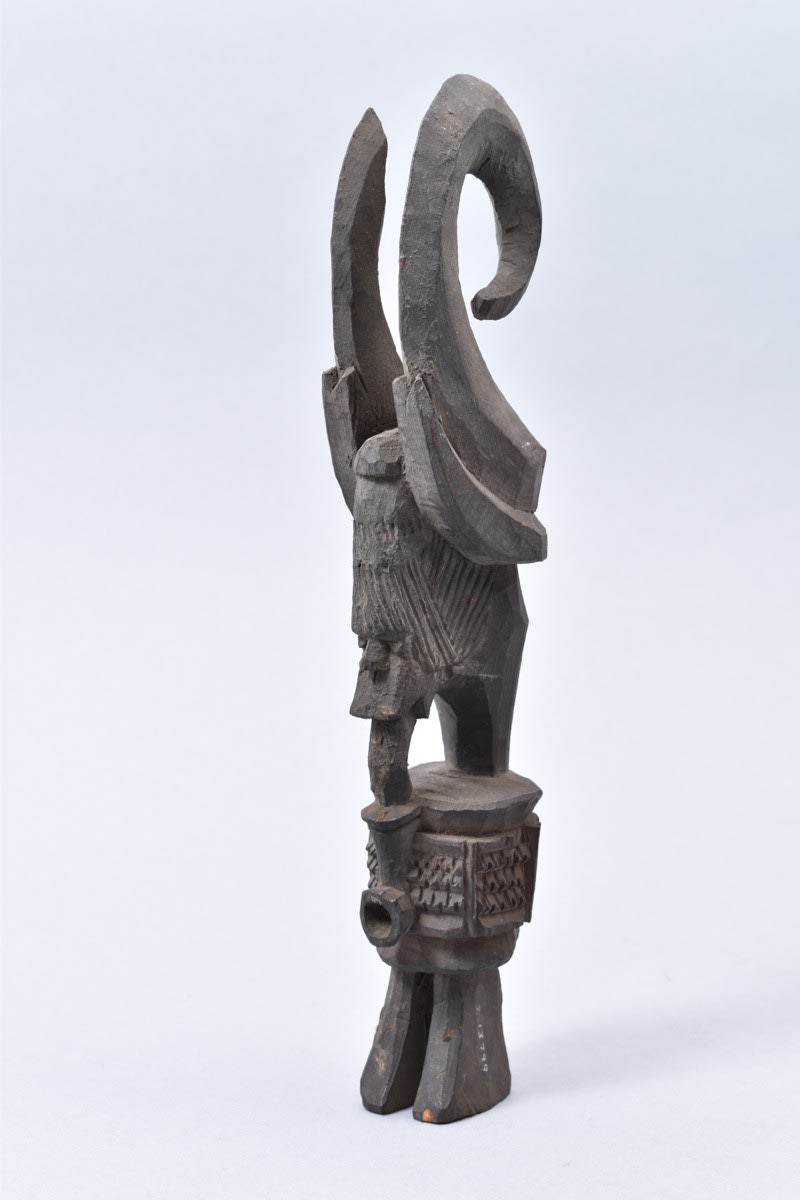 Ikenga statue collected by Thomas Northcote Whitridge (info). Image courtesy of the MAA.
Ikenga statue collected by Thomas Northcote Whitridge (info). Image courtesy of the MAA. -
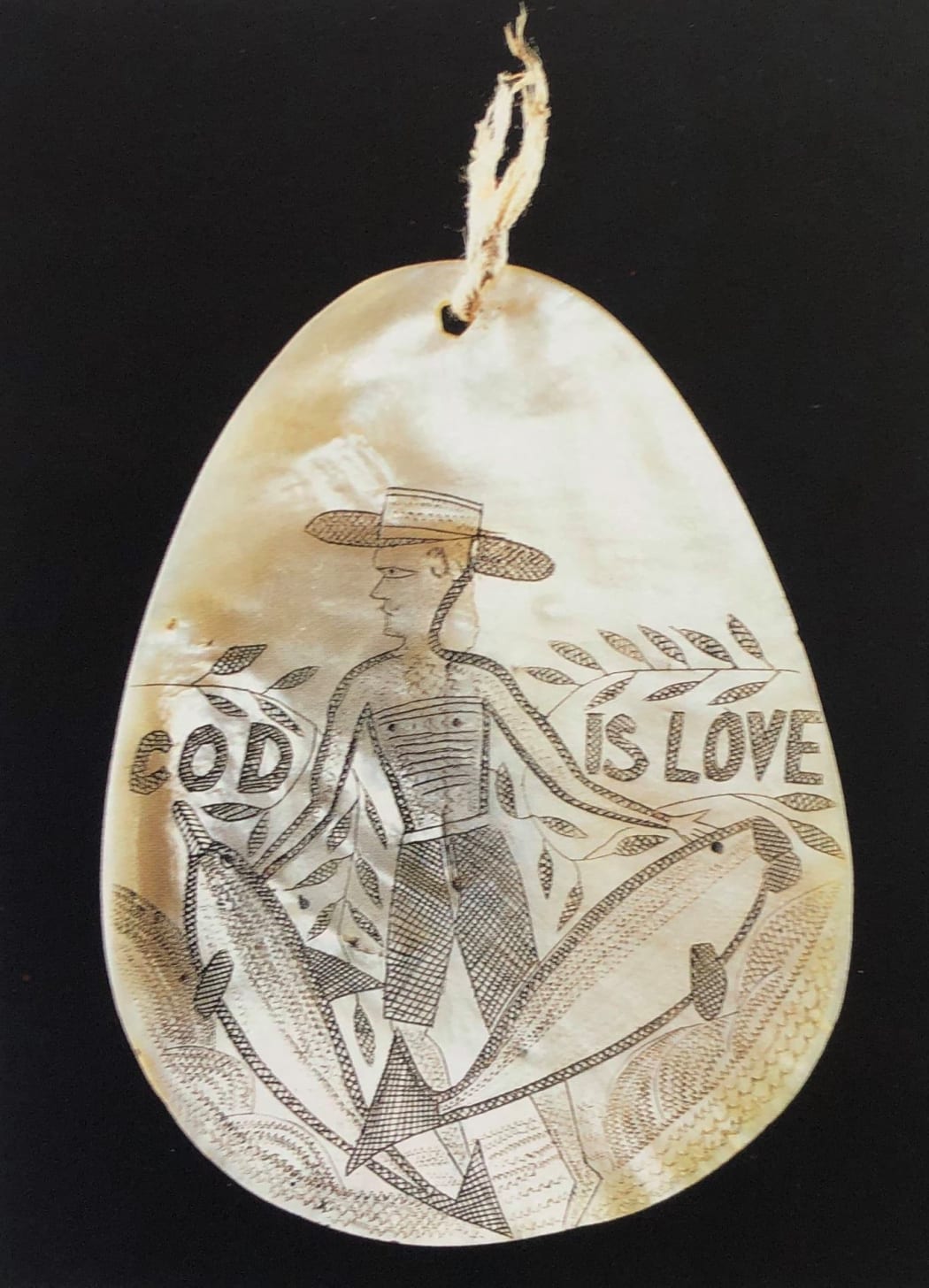
-
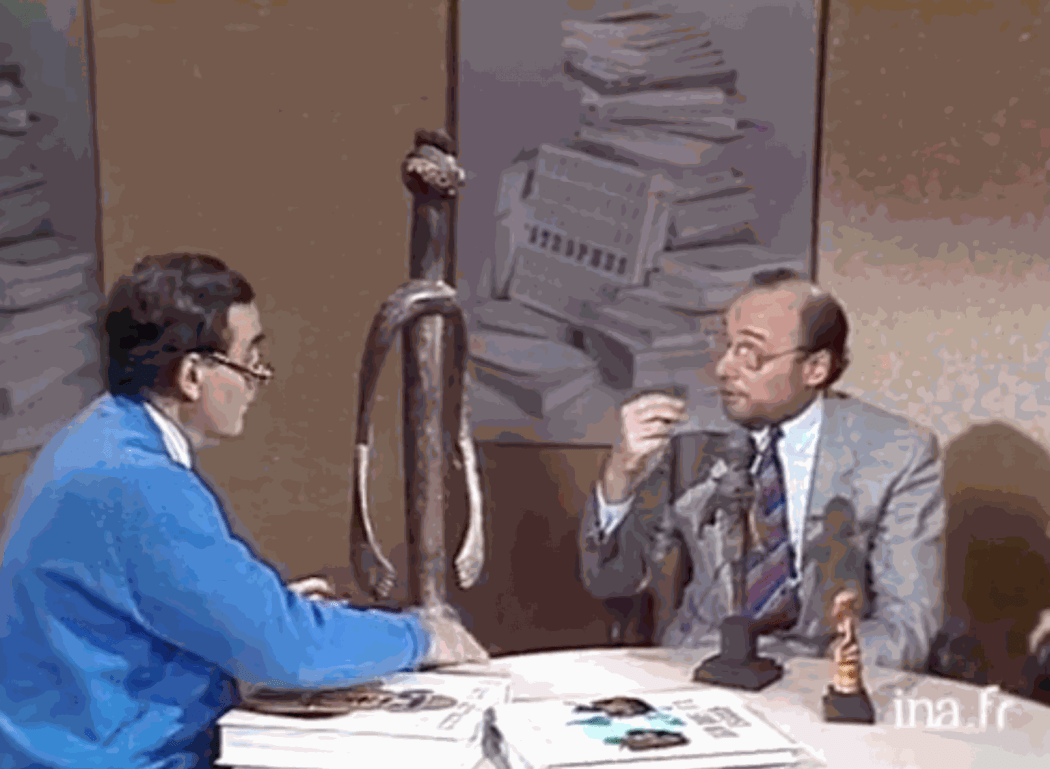
-
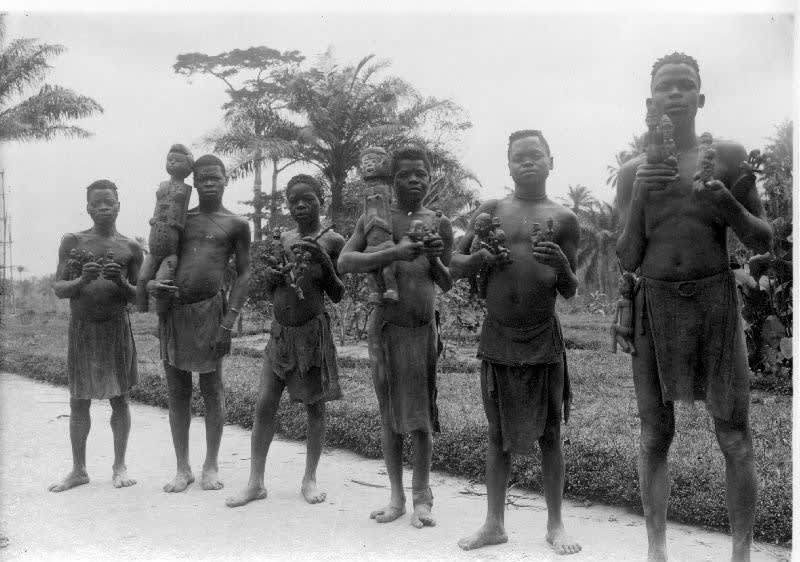 Young Bwende men on their way to the missionary station of Kingyi to give in their ‘minkisi’ power statues in order to convert to Christianity. Photographed by Edvard Karlman in 1912. Collection Statens museer för världskultur – Etnografiska museet, Stockholm (0177.0025).
Young Bwende men on their way to the missionary station of Kingyi to give in their ‘minkisi’ power statues in order to convert to Christianity. Photographed by Edvard Karlman in 1912. Collection Statens museer för världskultur – Etnografiska museet, Stockholm (0177.0025). -
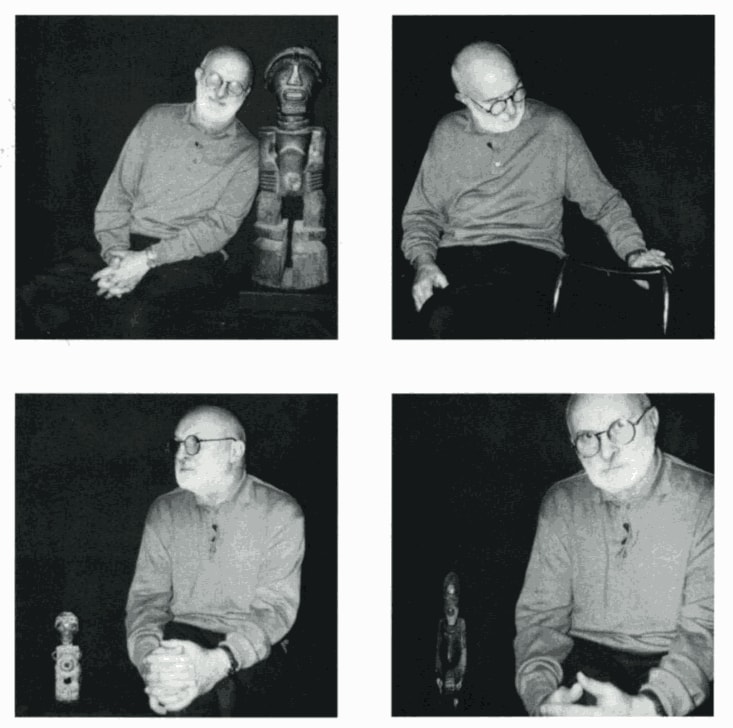
-

-
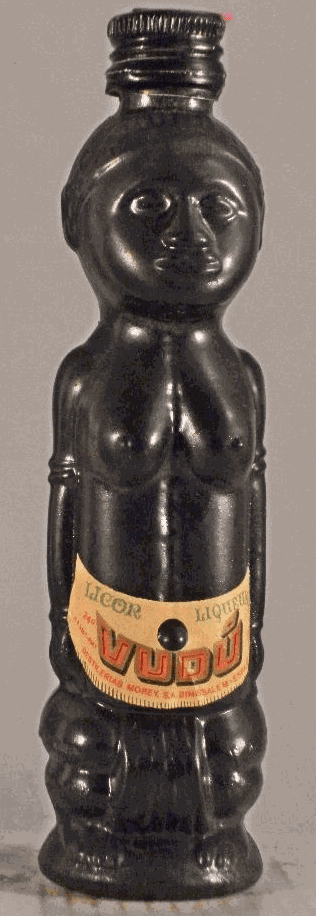
-

-
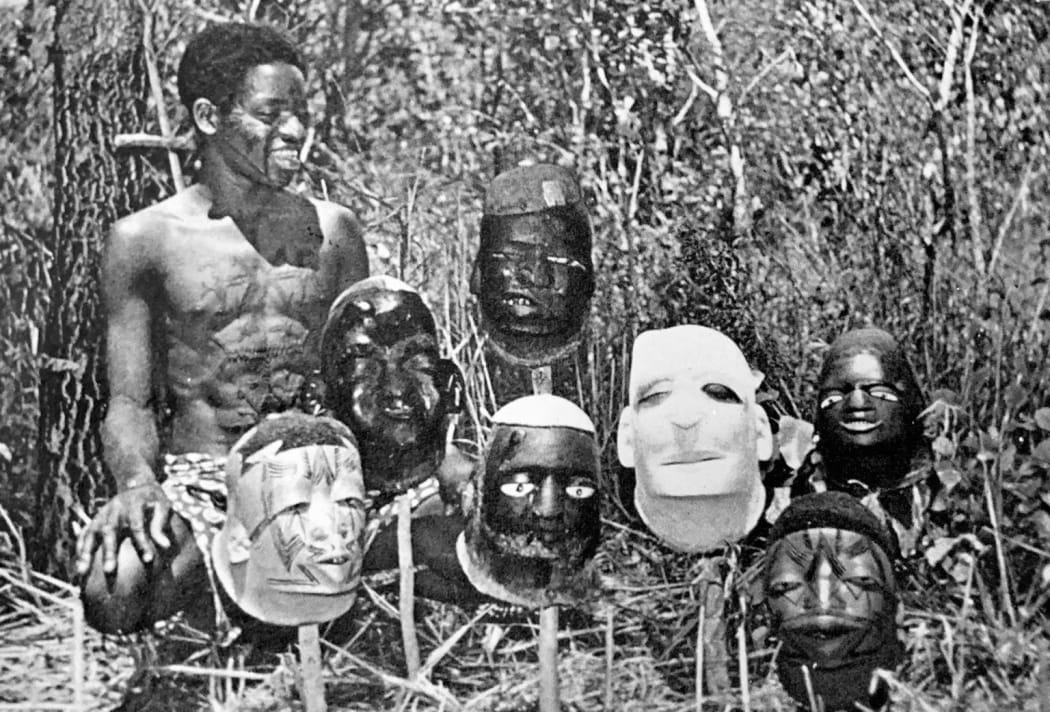
-
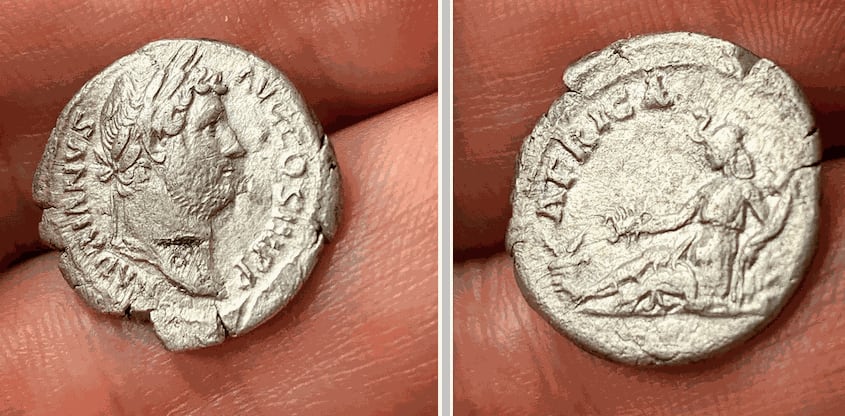
-
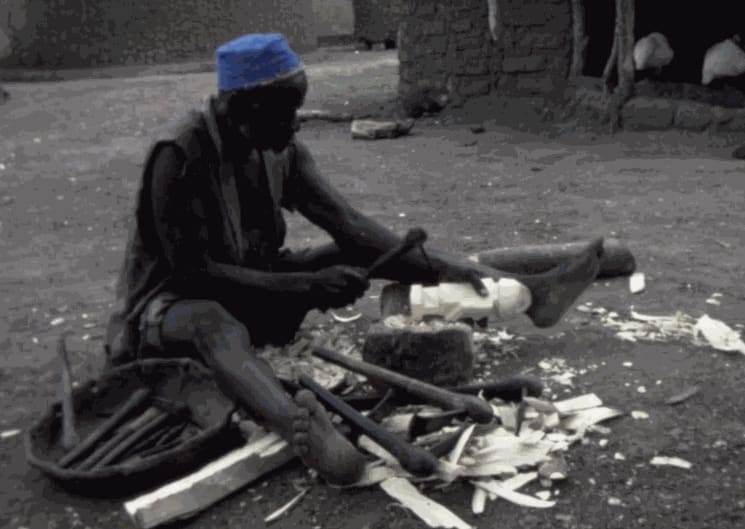
-
Another interesting story I came across while reading Robert Dick-Read’s book “Sanamu. Adventures in search of African Art”. When he set up his art gallery in Mombasa in the early 1950s, ninety percent of the works he bought for export came from the Wakamba carvers of the Kenya’s Machakos district. Dick-Read relates:
The history of the Kamba curio carving industry is one of the most phenomenal success stories of modern Africa. Before the first world war, apart from several types of stools, ceremonial staffs, and household utensils, the Wakamba showed no propensity for creative arts and crafts whatsoever. However, in 1958, an economist (Walter Elkan) investigating the then blooming Kamba carving trade estimated that in the peak years of 1954 and 1955, the people of one Kamba village alone (Wamunyu) grossed at least £ 150,000 and possible as much as £ 250,000 from the sale of woodcarvings! The beginning of commercial carving among the Wakamba is attributed to a man named Mutisya Munge who, before the first world war, was known throughout Ukamba for his excellence as a craftsman. Before the war his work was confided to traditional objects such as stools; but whilst serving with the armed forces away from home he began to occupy his idle hours by carving ‘pictures’ from his imagination, for his own amusement. He found that his officers and other Europeans were intrigued by his carvings, and after the war he devoted more and more of his time to producing them for sale. For the first year or two, reluctant to let others in on his idea, he used to hide himself away in the bush and carve in secret. Inevitably, however, his secret was discovered and before long a number of other carvers in his village had copied his patterns and begun to sell their work in Nairobi. The market among white men seemed inexhaustible; and between the wars the number of carvers increased. The trade received its first big fillip during the second world war, when large numbers of British soldiers came to Kenya. Then after 1945, with the rapid increase of tourism to Kenya, it expanded yet again. By now firms abroad were beginning to take an interest, and the export trade began to develop. The number of carvers was continuously increasing, and the street corners of Nairobi and other main towns became crowded with vendors, all of whom did brisk business. There seemed no end to the expansion, and in the fifties the industry continued to grow. By 1954-55 there were up to 3,000 part-time or full-time carvers, almost all of whom came from Wamunyu village and the surrounding area.
Dick-Read goes on to describe his many visits to Wamunyu to buy basket-loads of sculptures (p. 22 and continued) and how Mutisya’s son, Mwambetu Munge would end up in London, carving African curios in English oak. My additional research on Mutisya Munge revealed he did indeed serve with the British Carrier Corps in Tanganyika.While on a visit to a Lutheran mission near Dar-es-Salaam, he encountered the commercial and innovative potential of carving in a Lutheran mission and learned new forms of practice from Zaramo sculptors in the hardwoods of ebony and mahogany. Once back in Wamunyu, Mutisya would start the family business that would mean the start of the Kamba export art market. Below an example of the type of statue he was famous for.
Such small, delicately carved wooden sculptures were known as askarifigures, becoming typical of colonial production by Kamba craftsmen between the World Wars, and produced before the influences of nationalism and mass tourism. Askari in fact is a Swahili word with an Arabic root that refers to an armed attendant or guard. The key characteristics of these figures are a frontal pose, schematic representation of features, a relatively large head, often with shining eyes and protuberant ears; fine execution and finish; subtle colouring, and strong attention to detail in clothing and other aspects of adornment. Such details are observed in the depiction of askariuniforms, replete with chord lanyard, shoulder epaulets, leggings and even further definition in the accessories (badge, hat shape, arm stripes) to specify status. The sculpted subjects soon would be expanded dramatically into a thriving industry, producing all kinds of wooden sculptures going from depictions of Masaai warriors to all types of animals.
However, the story is not finished. Later in the book Dick-Read relates his contacts with two Americans, Al Kizner and Nat Karwell, who ran a store in the Bronx named ‘African Modern’. In the mail one morning Dick-Read received a gift from Al – a book on African art with a large number of photographs of magnificent pieces of traditional African sculptures. He writes: “Though unquestionably a generous gift, there was no doubt in my mind that there was a secondary motive in Al’s choice of this present for in an accompanying note he remarked that it would be good to receive a few consignments of the type of work shown in the book. What I believe he had in mind was that I should have the photographs copied by Kenya craftsmen..” – and so, my dear friends, we have a first-hand explanation why so many fakes going around are clearly copies of known masterpieces.
-
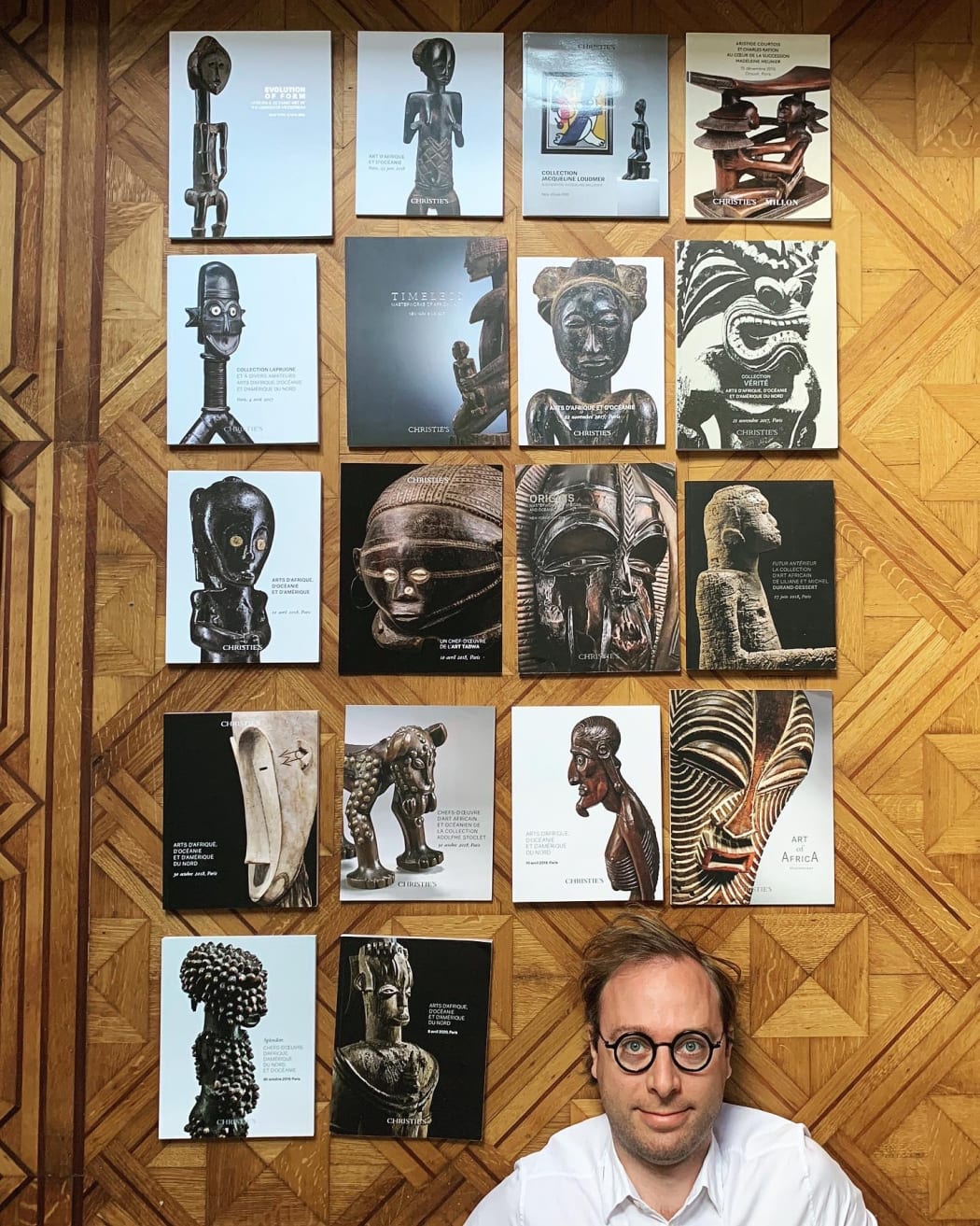
-
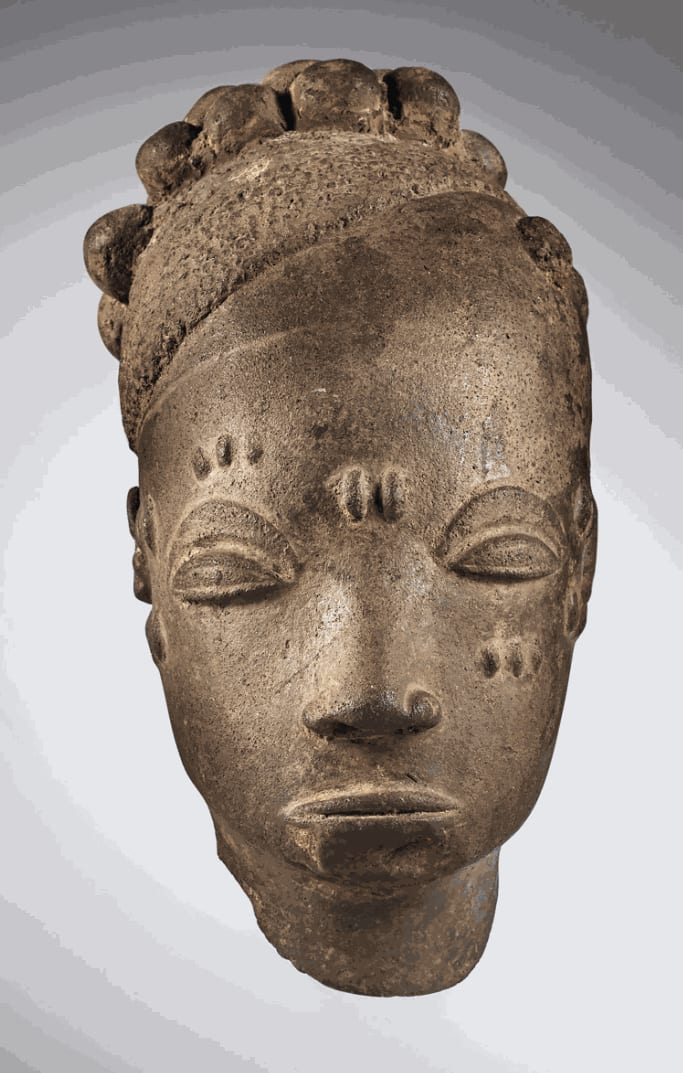
-
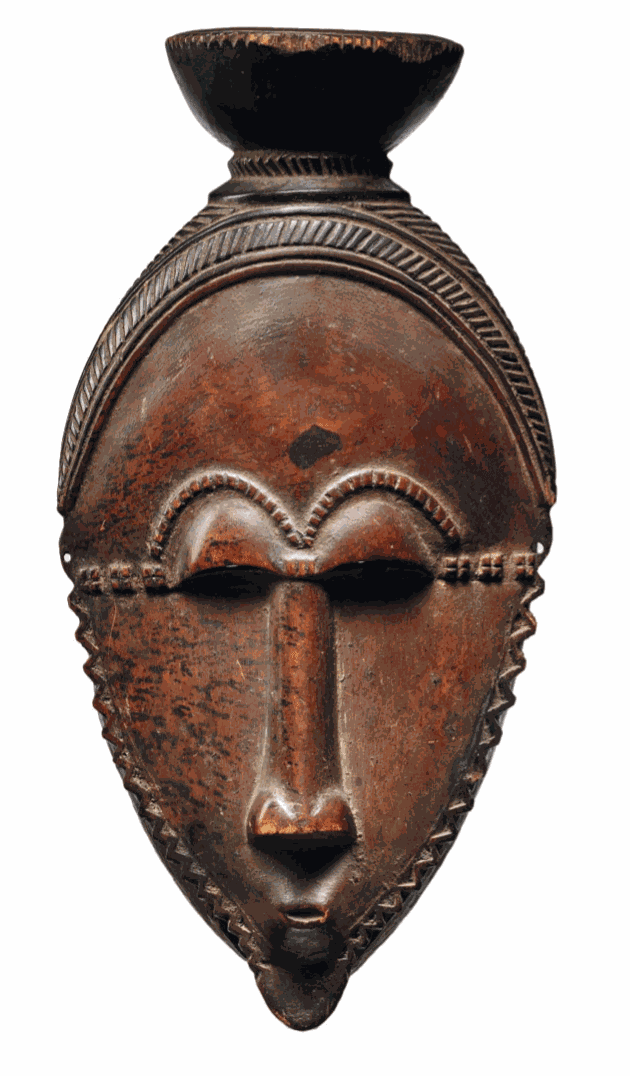
-
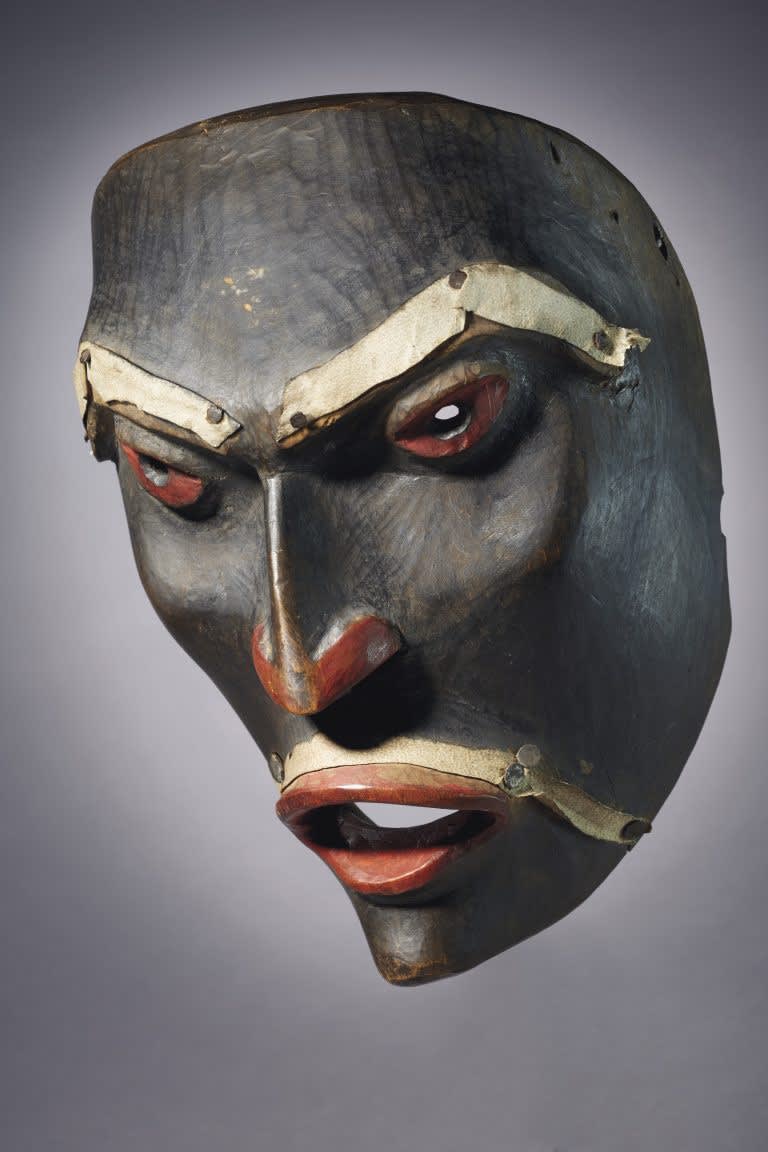
-
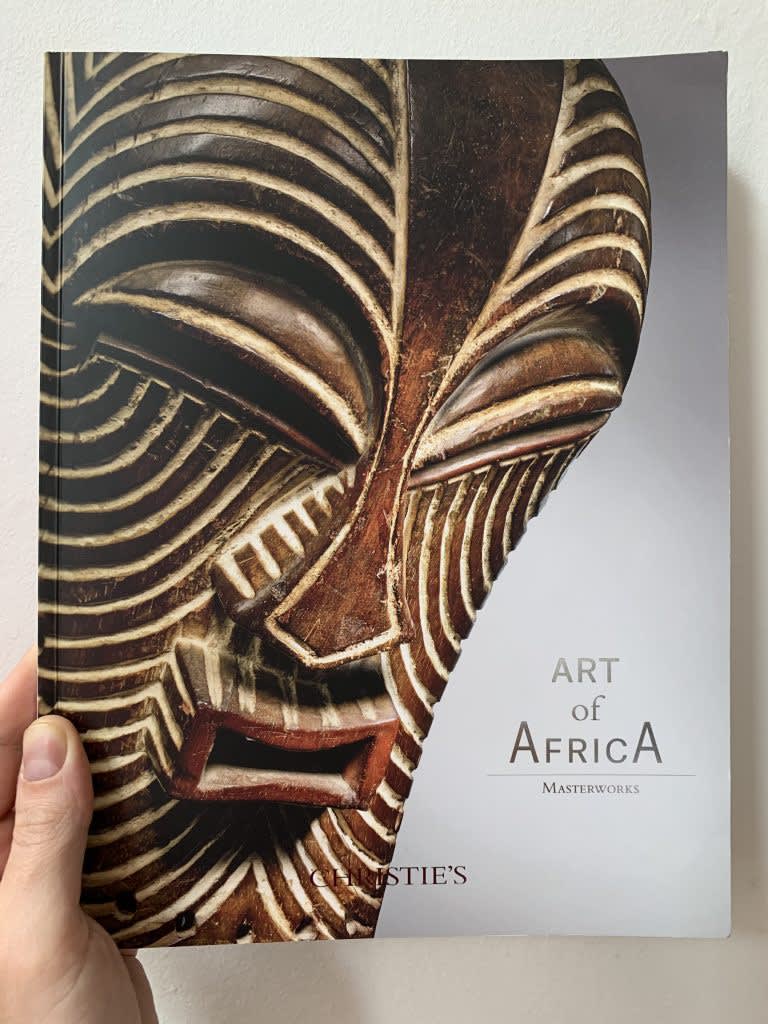
-
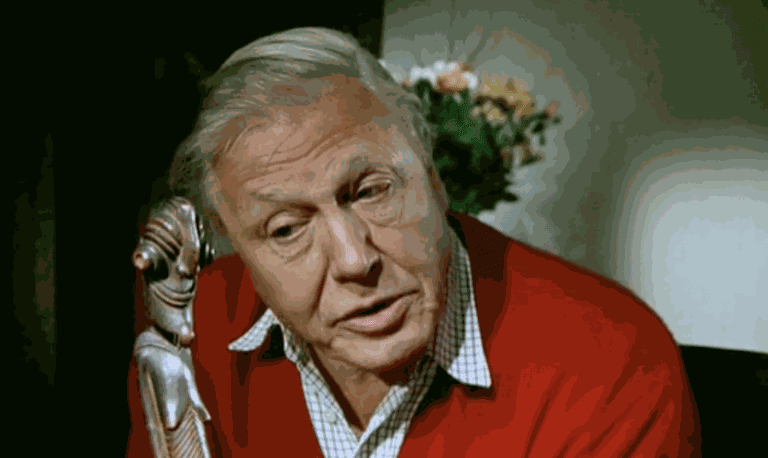
-
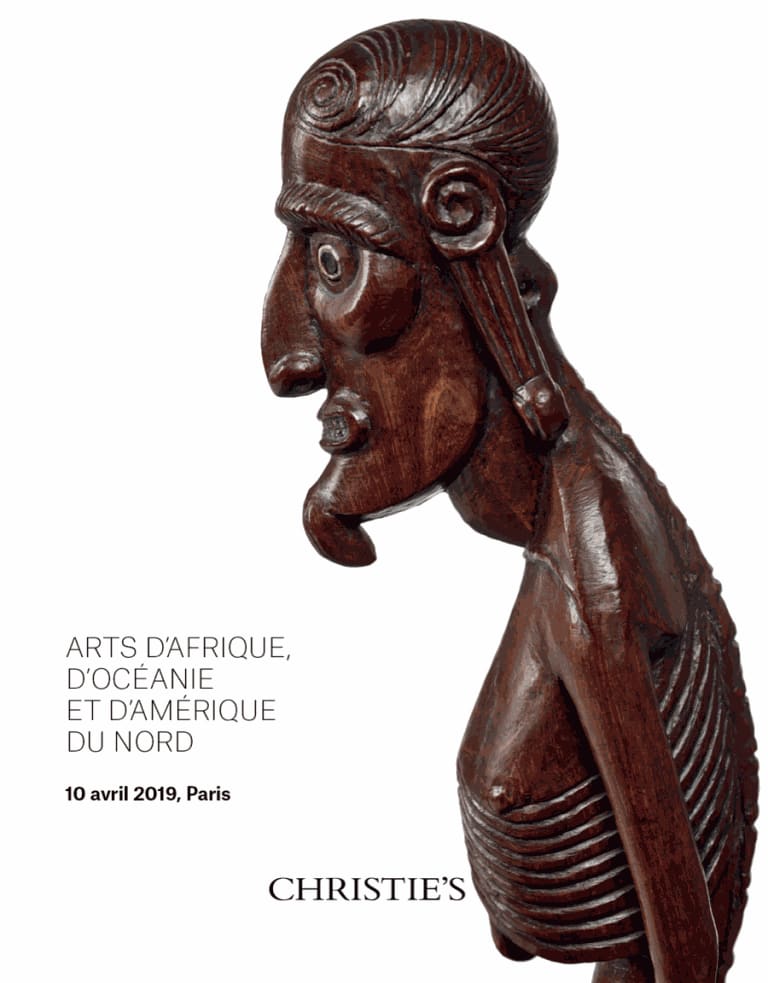
-
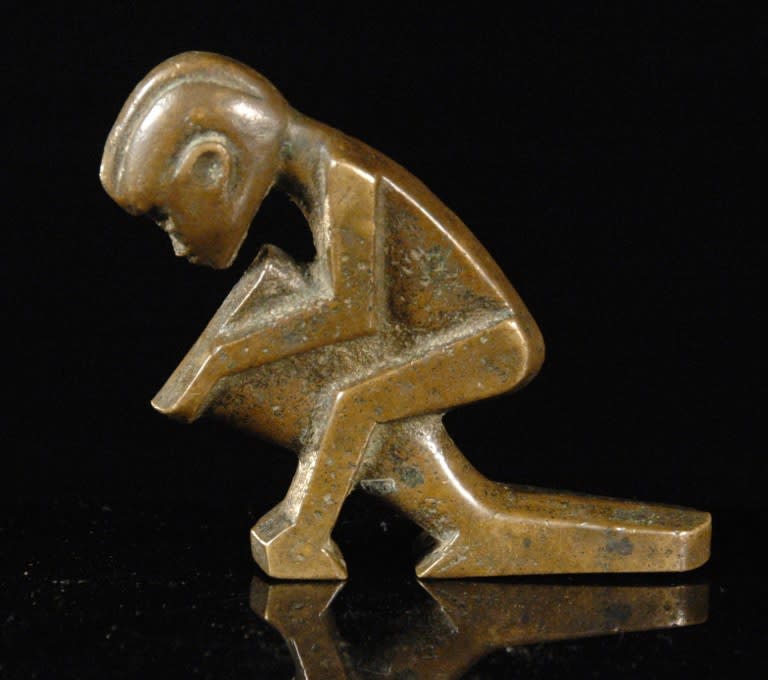 Image courtesy of Gi Mateusen.
Image courtesy of Gi Mateusen. -
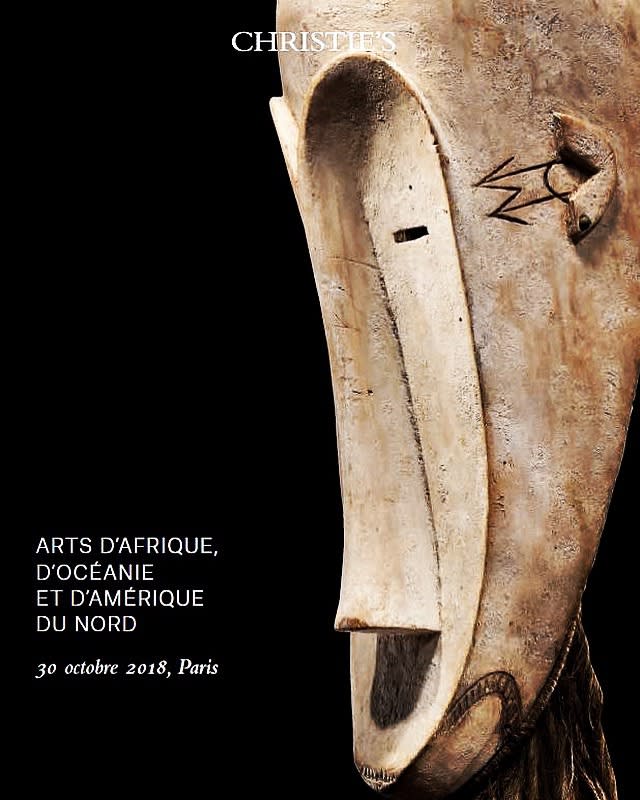
-
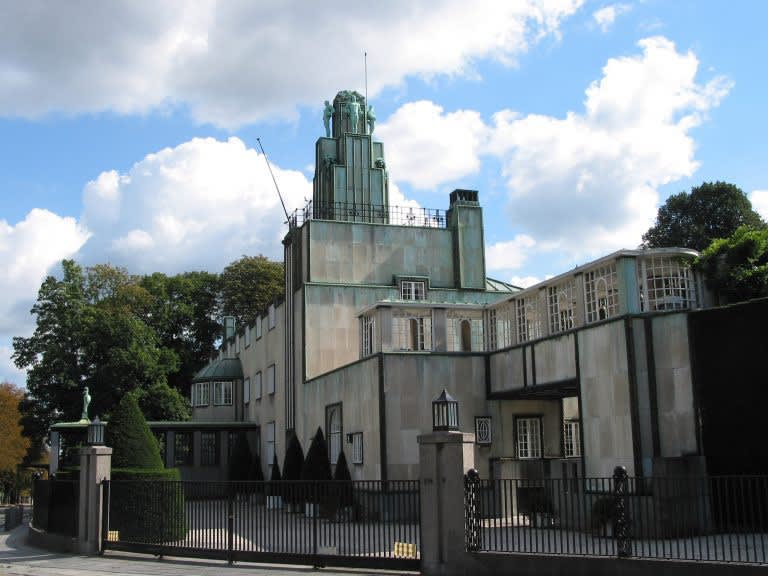
-

-
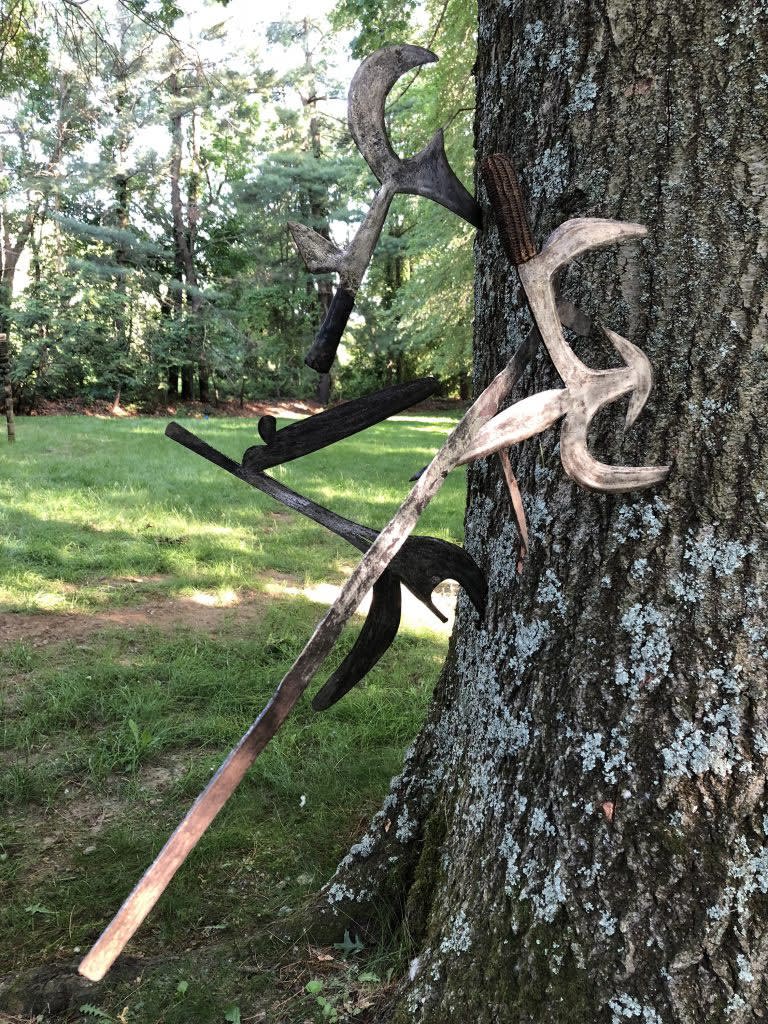
-
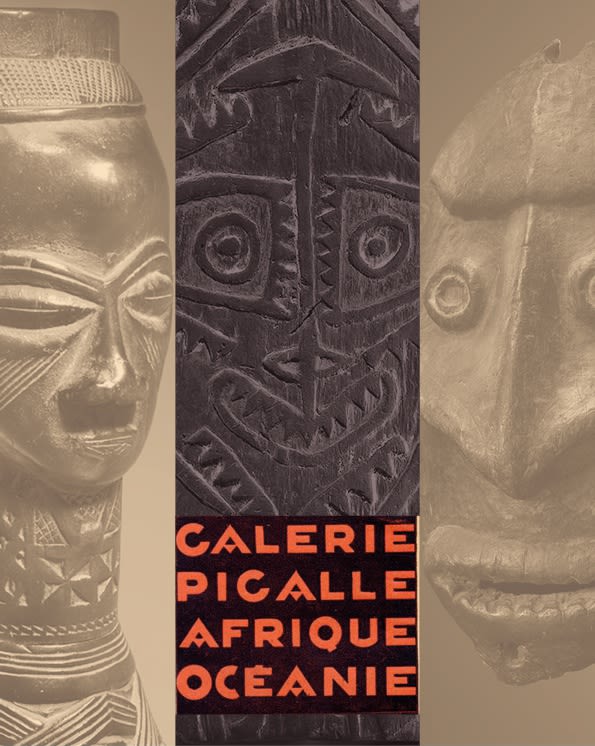
-
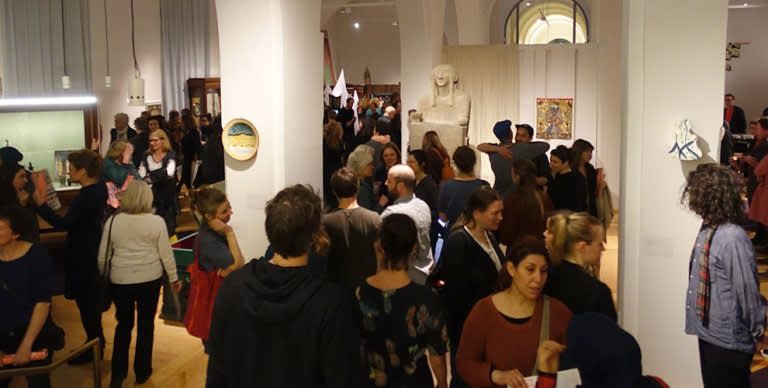
-
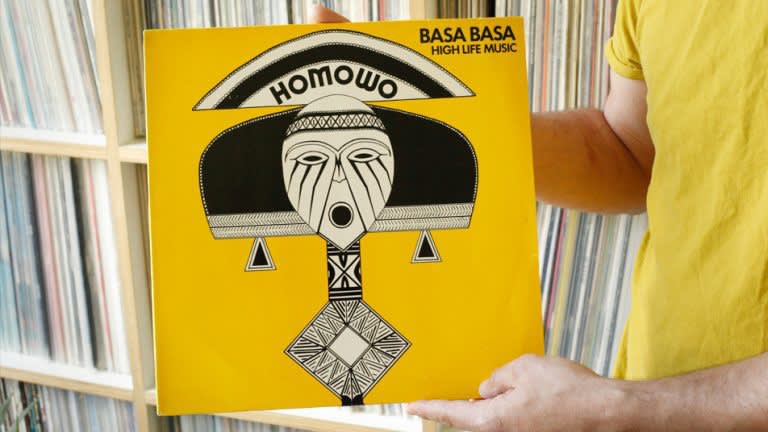
-
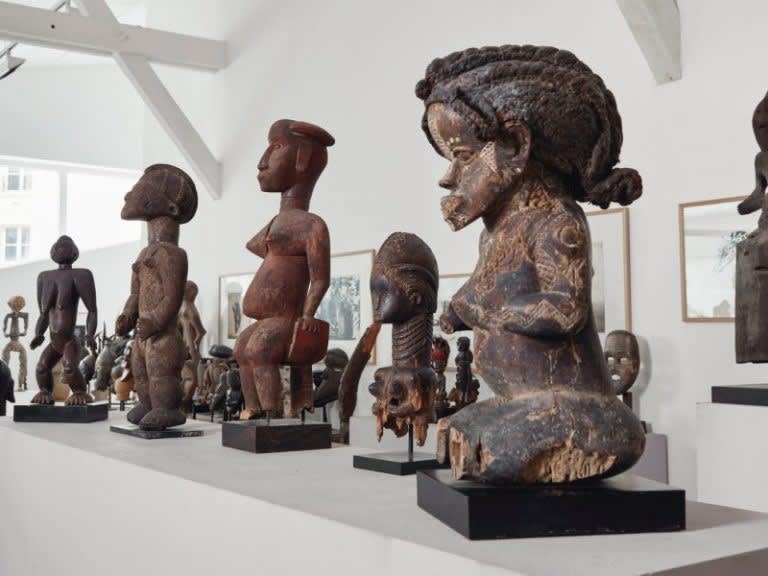
-

-
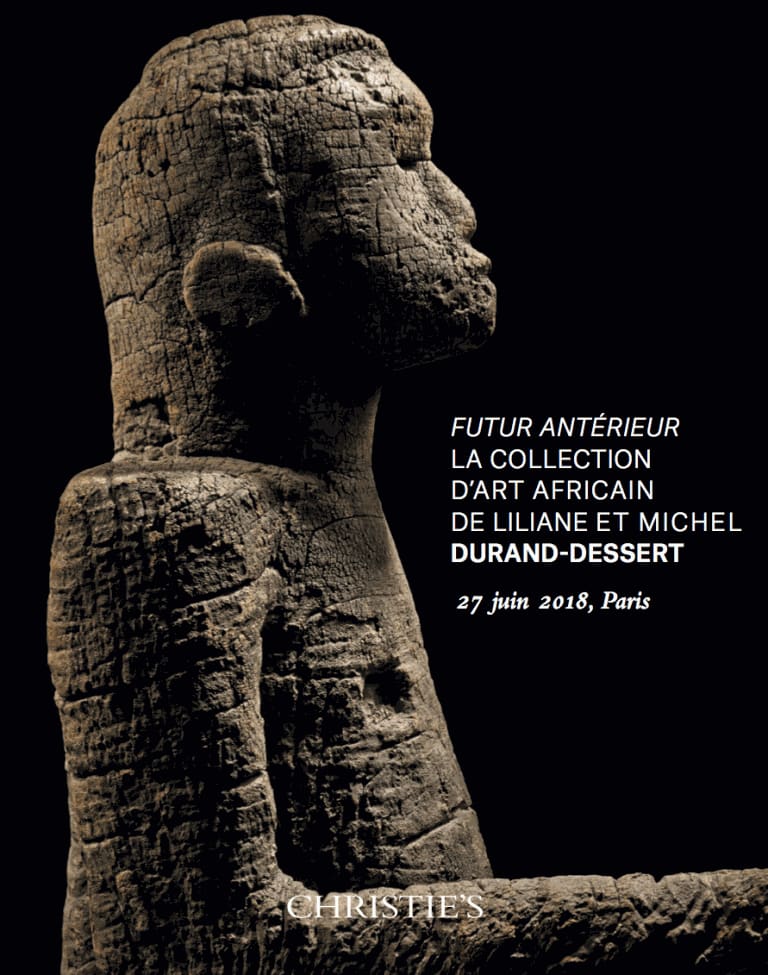
-
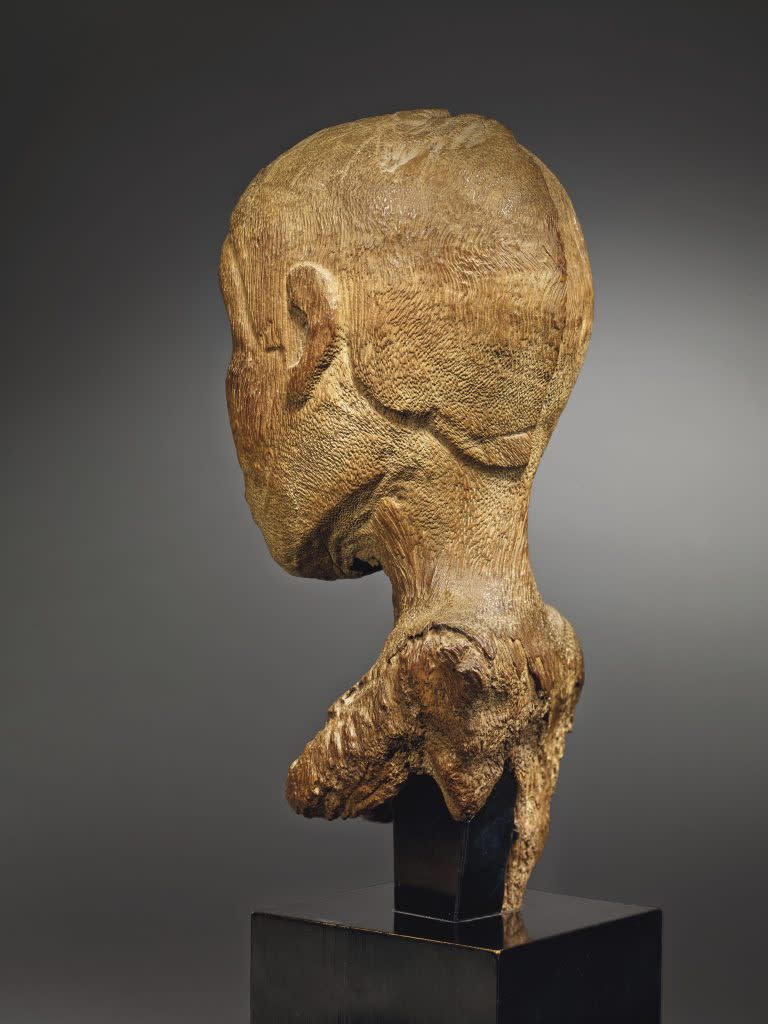
-
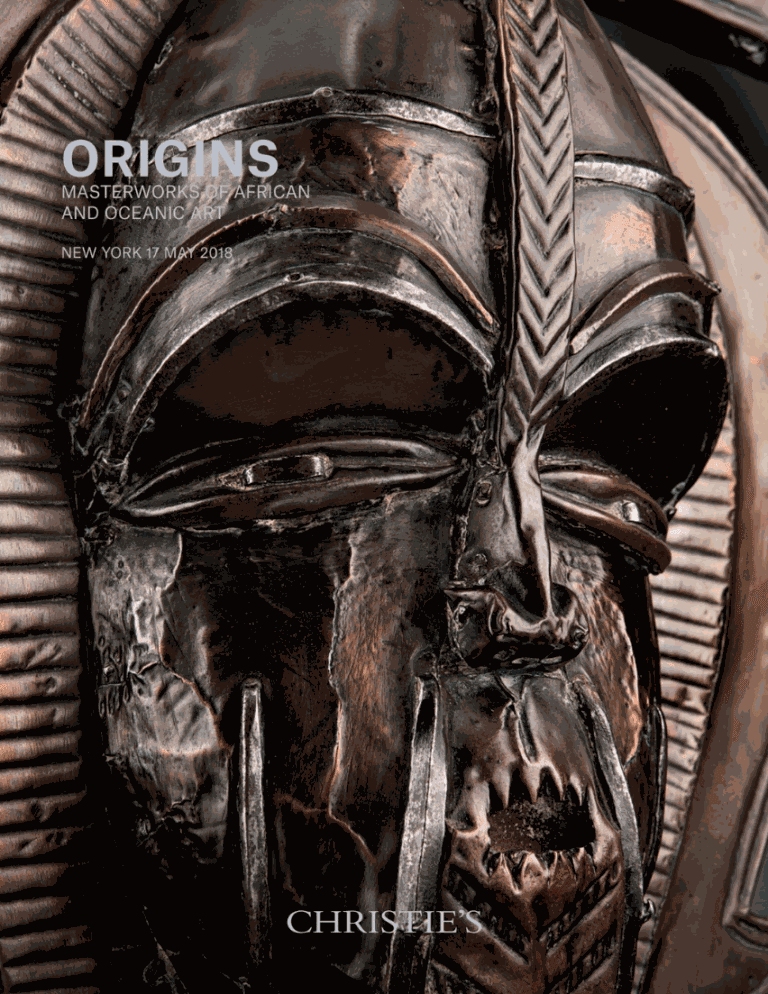
-
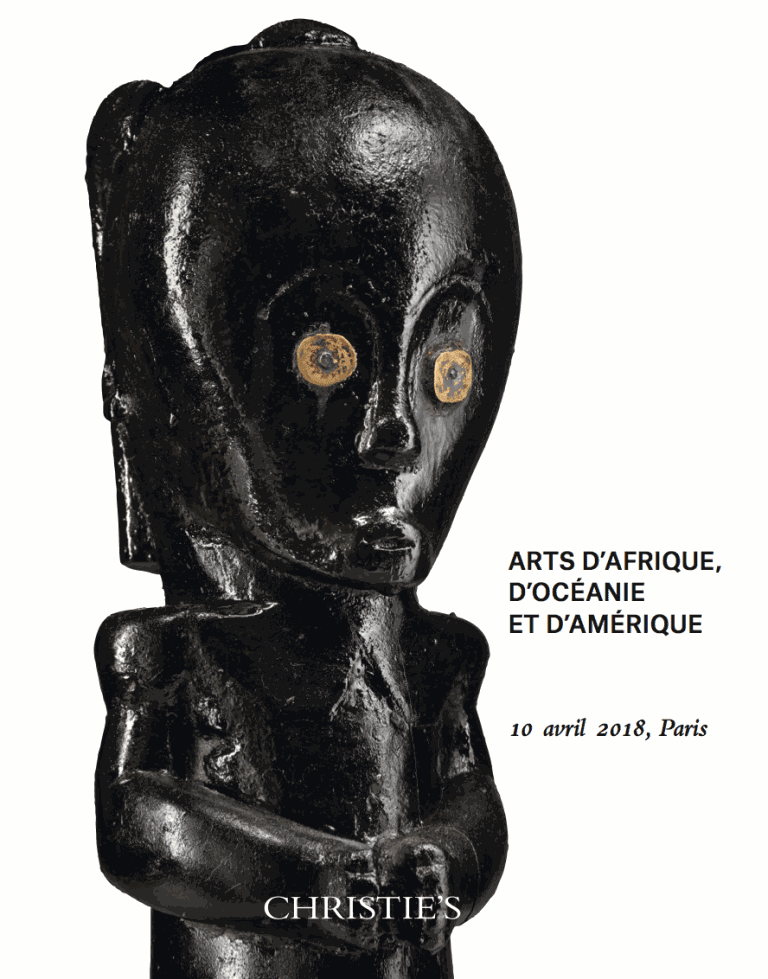
-
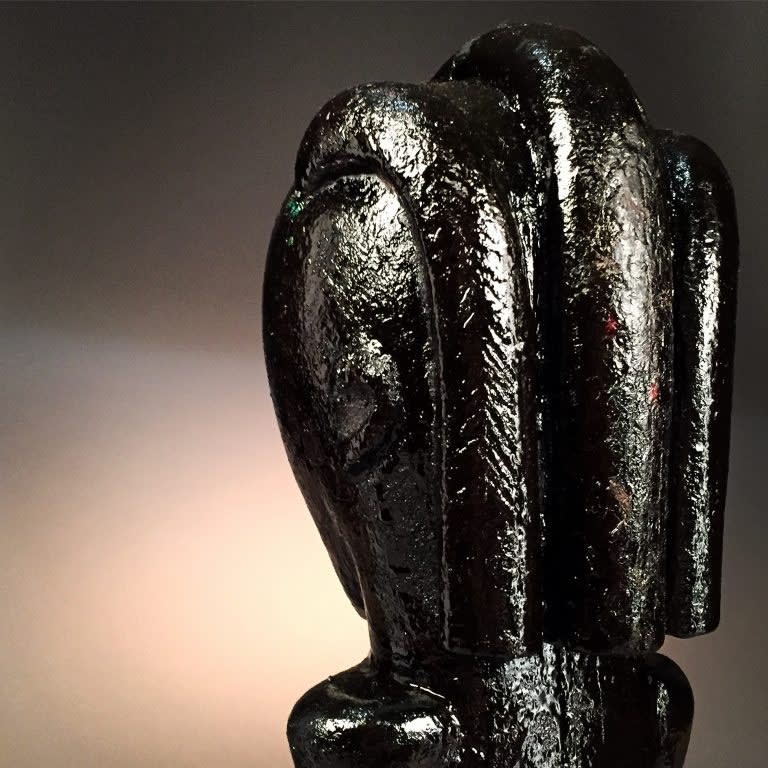
-
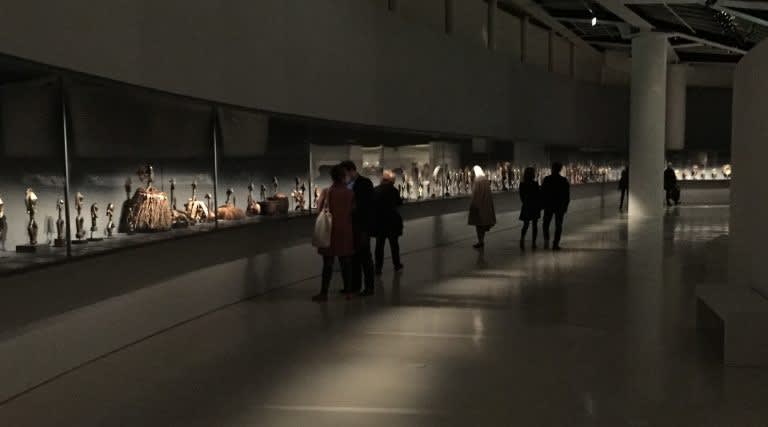
-
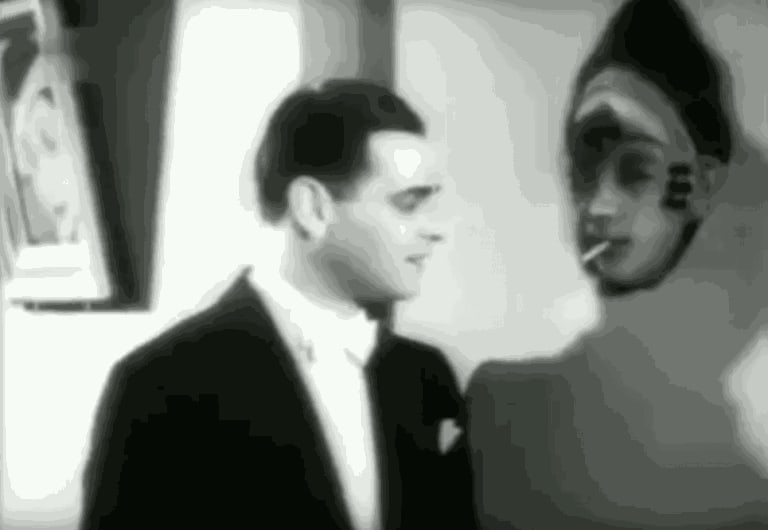
A very nice discovery by Ingo Barlovic, the man behind the About-Africa website: the 1935 Austrian movie Ball im Savoy, based on an opera by Paul Abraham, contains a funny little scene with a Punu mask. While in previous scenes an actual mask was hanging on the wall, here it appears to be replaced by a woman made up like such a mask, including the typical scarification patterns on the temples and forehead. It’s very well done I must say; see the full scene below (starts at the right moment):
-
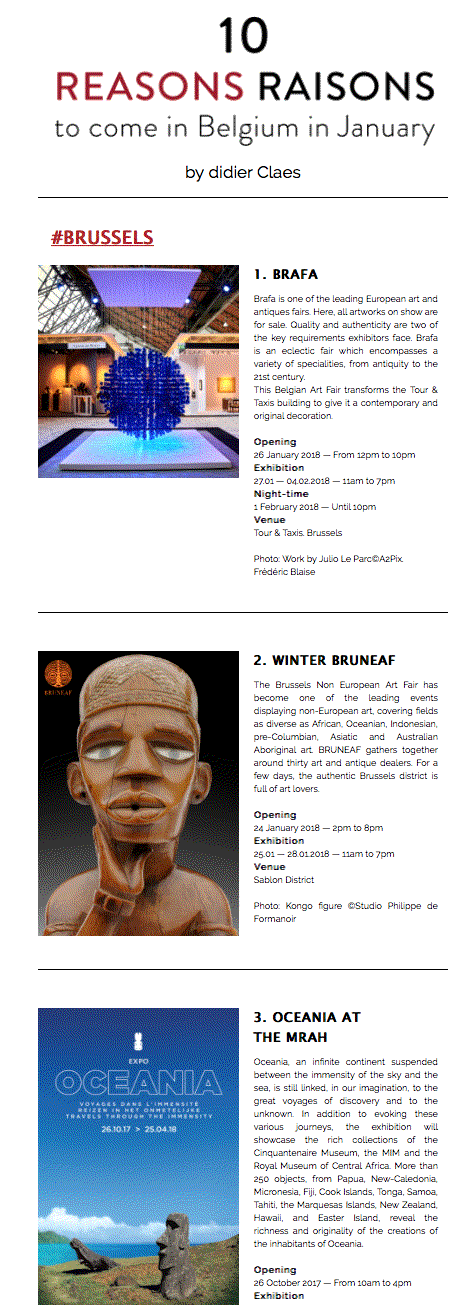
-
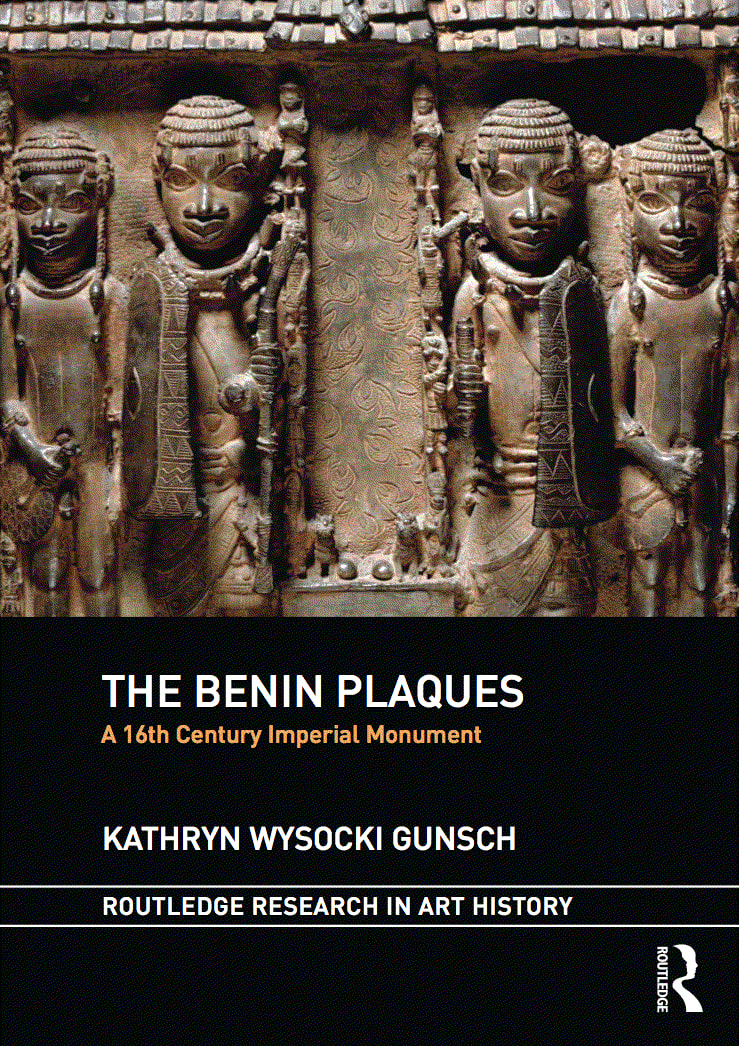
-
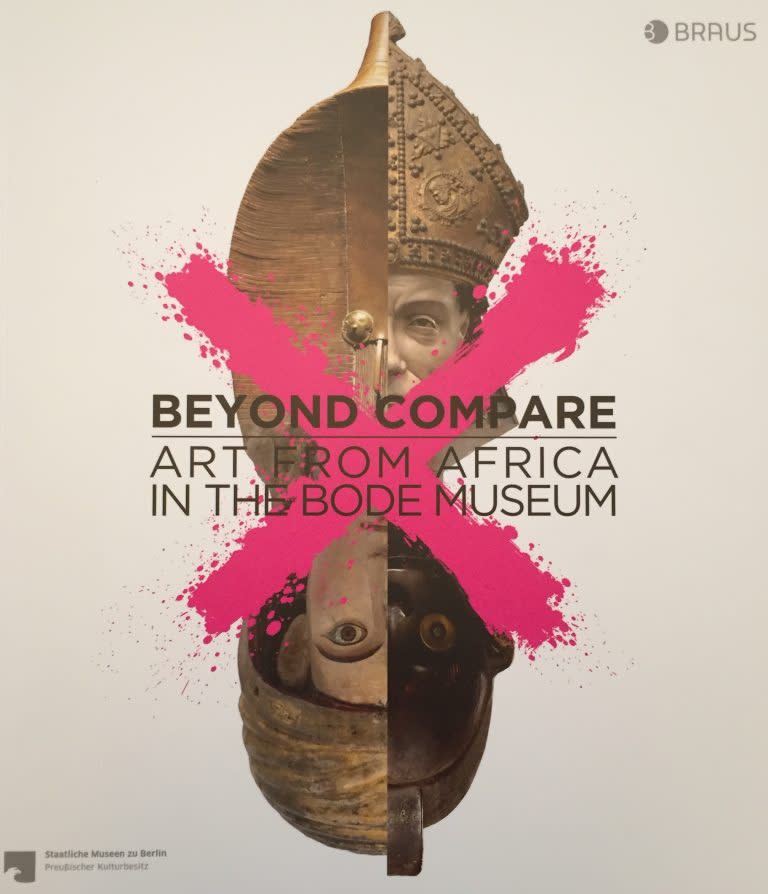
-
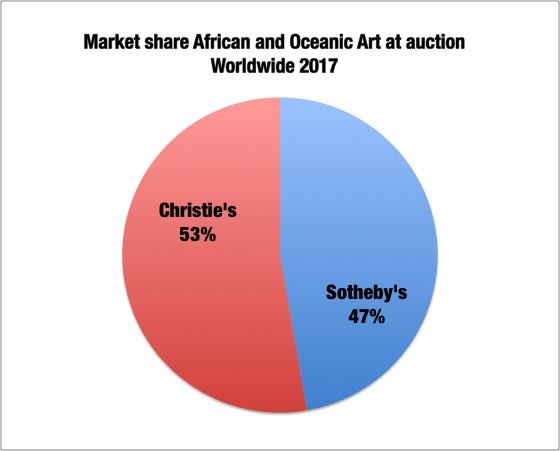
-
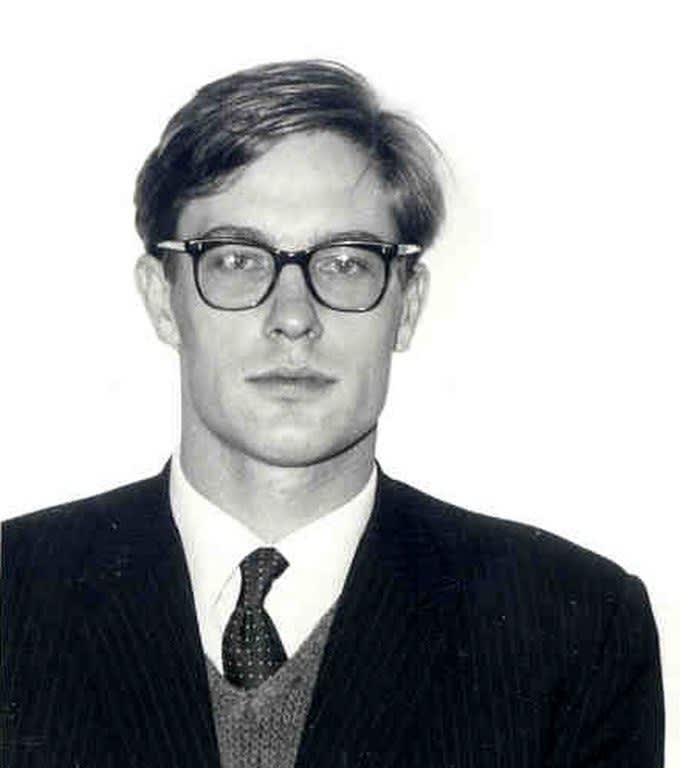 Tim Hunt, ca. 1985. Image courtesy of Christie’s.
Tim Hunt, ca. 1985. Image courtesy of Christie’s. -
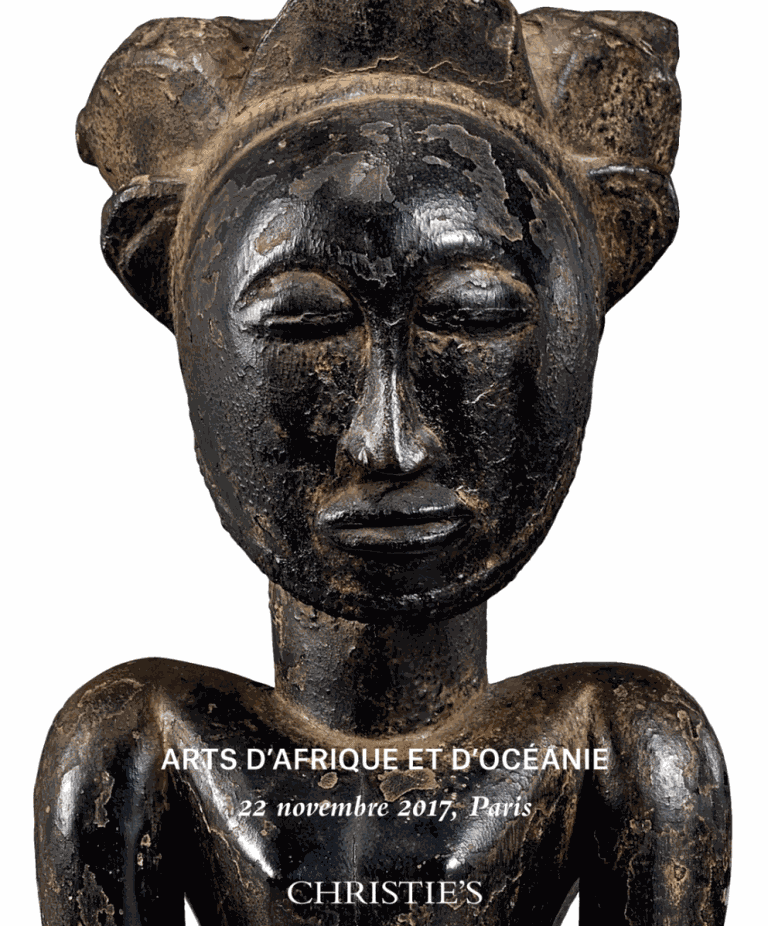
-
